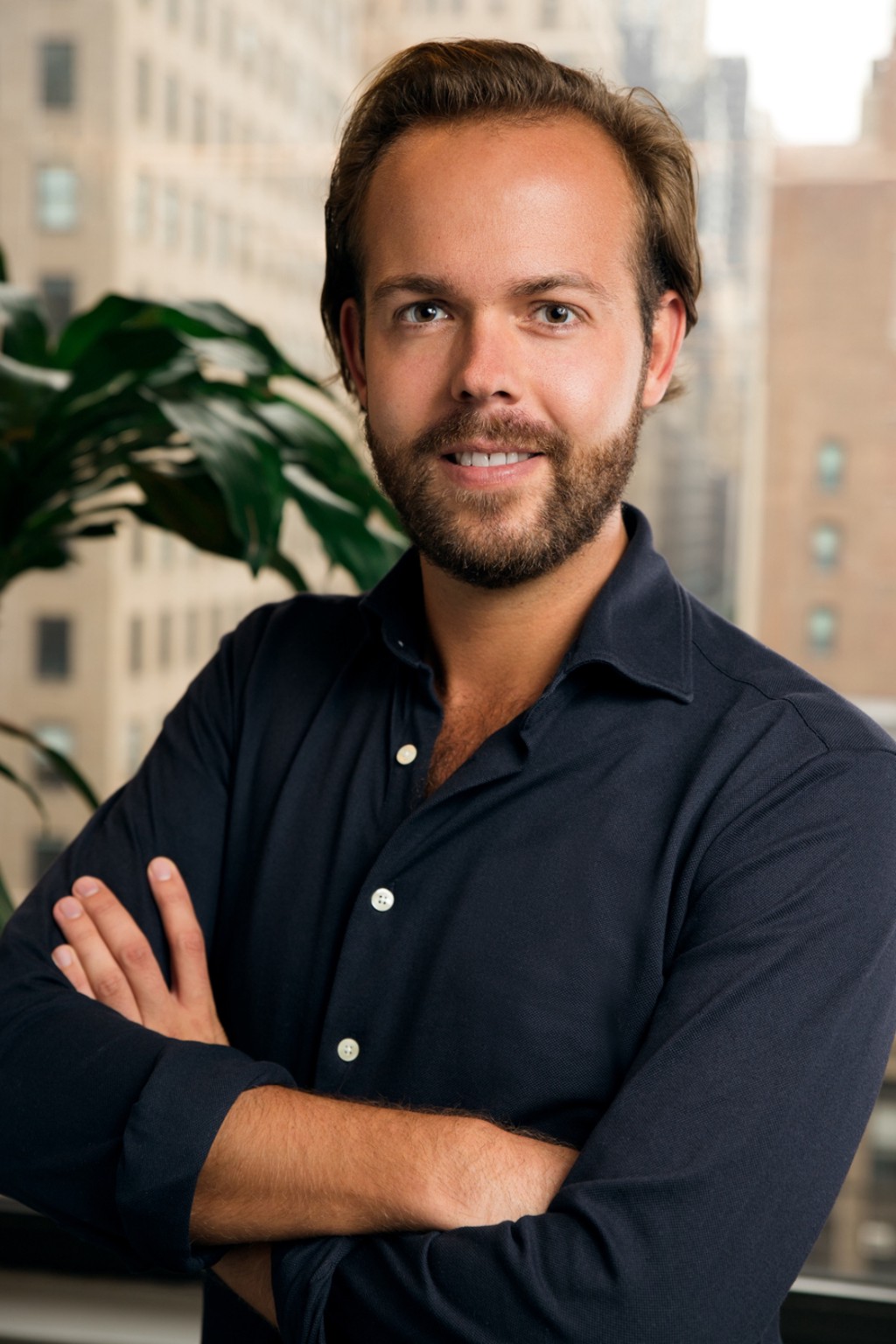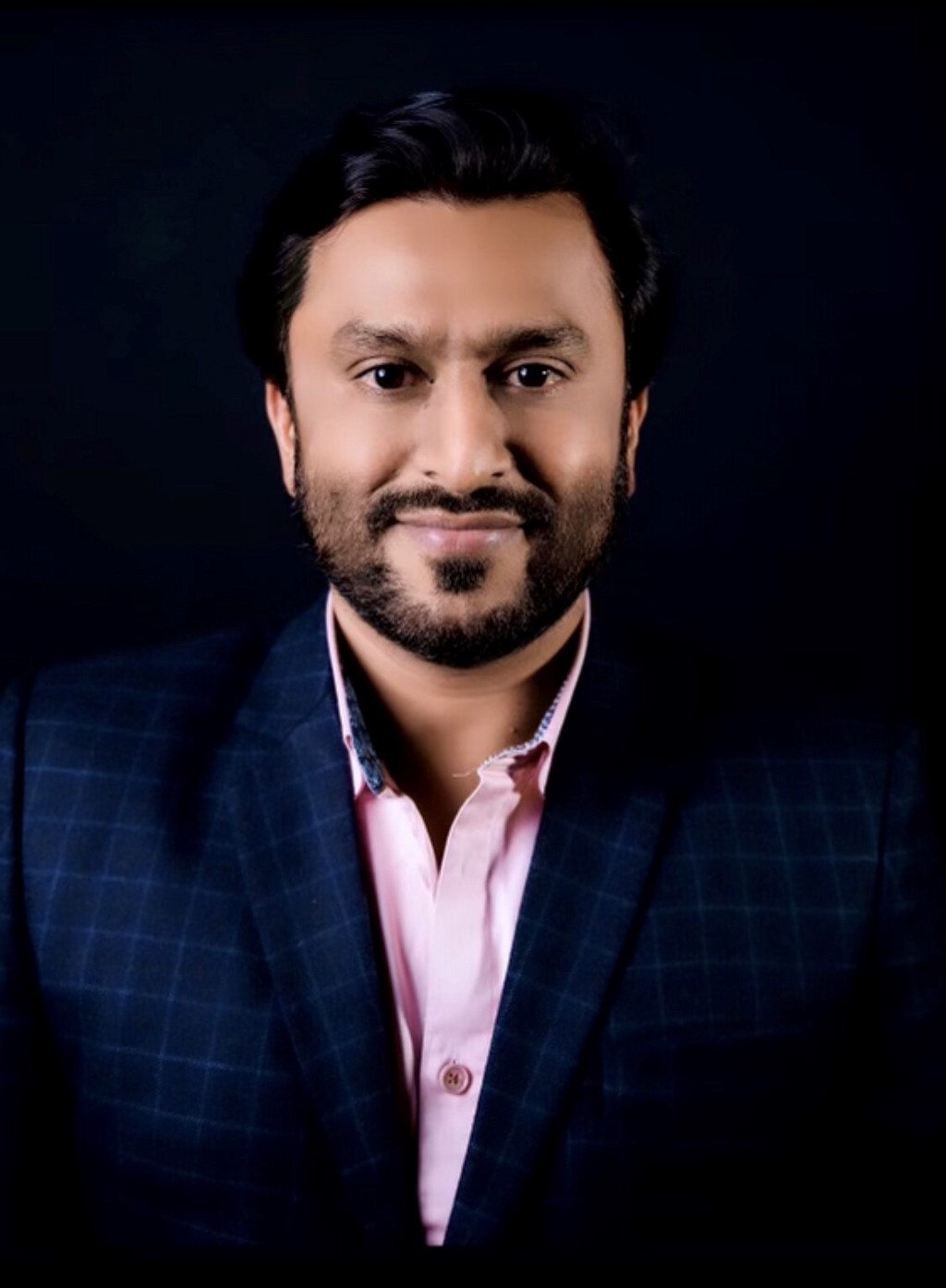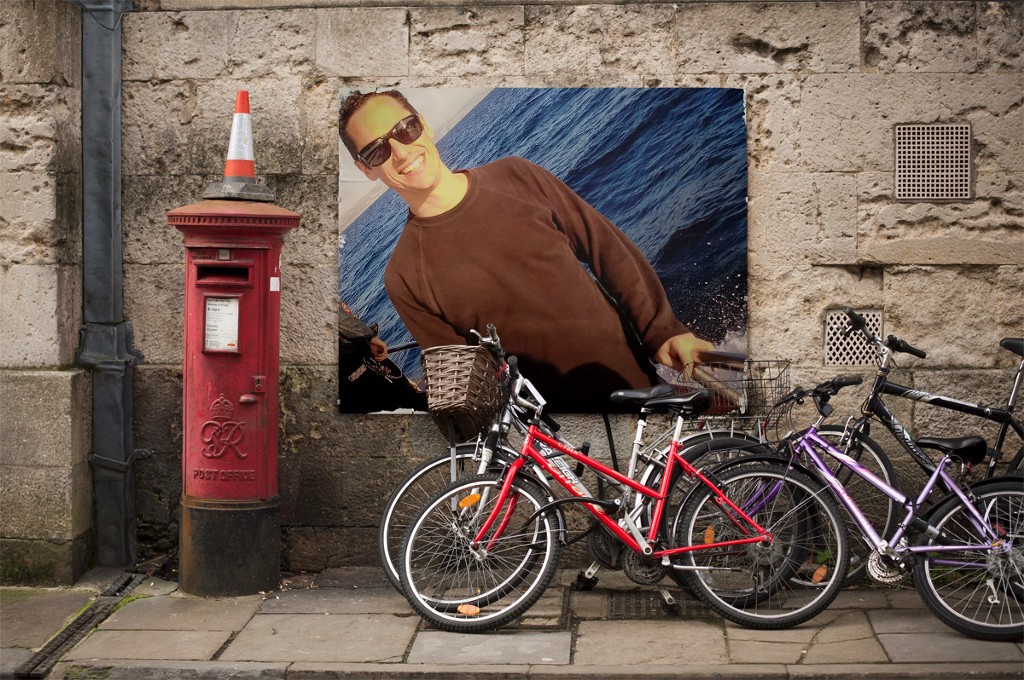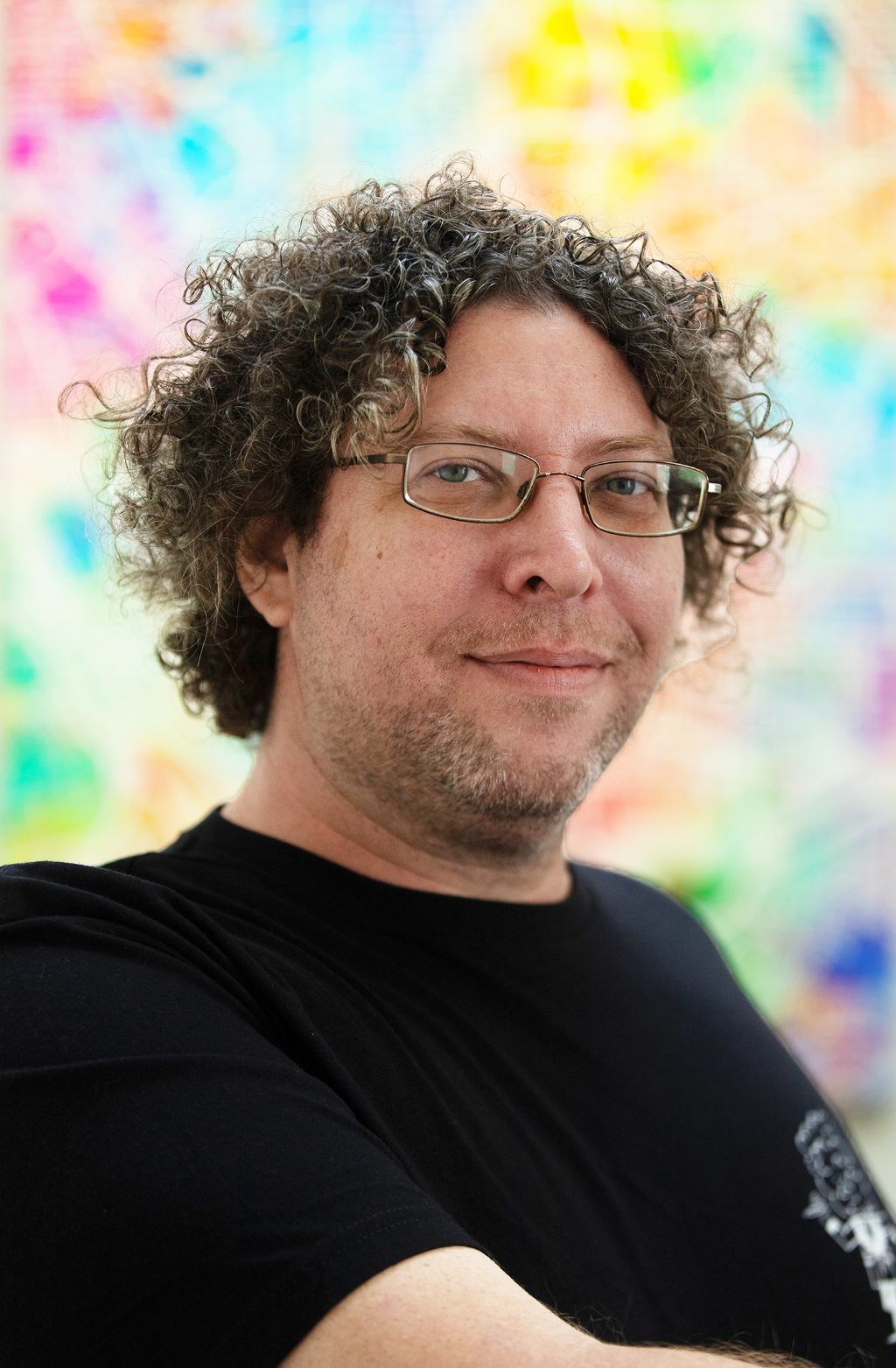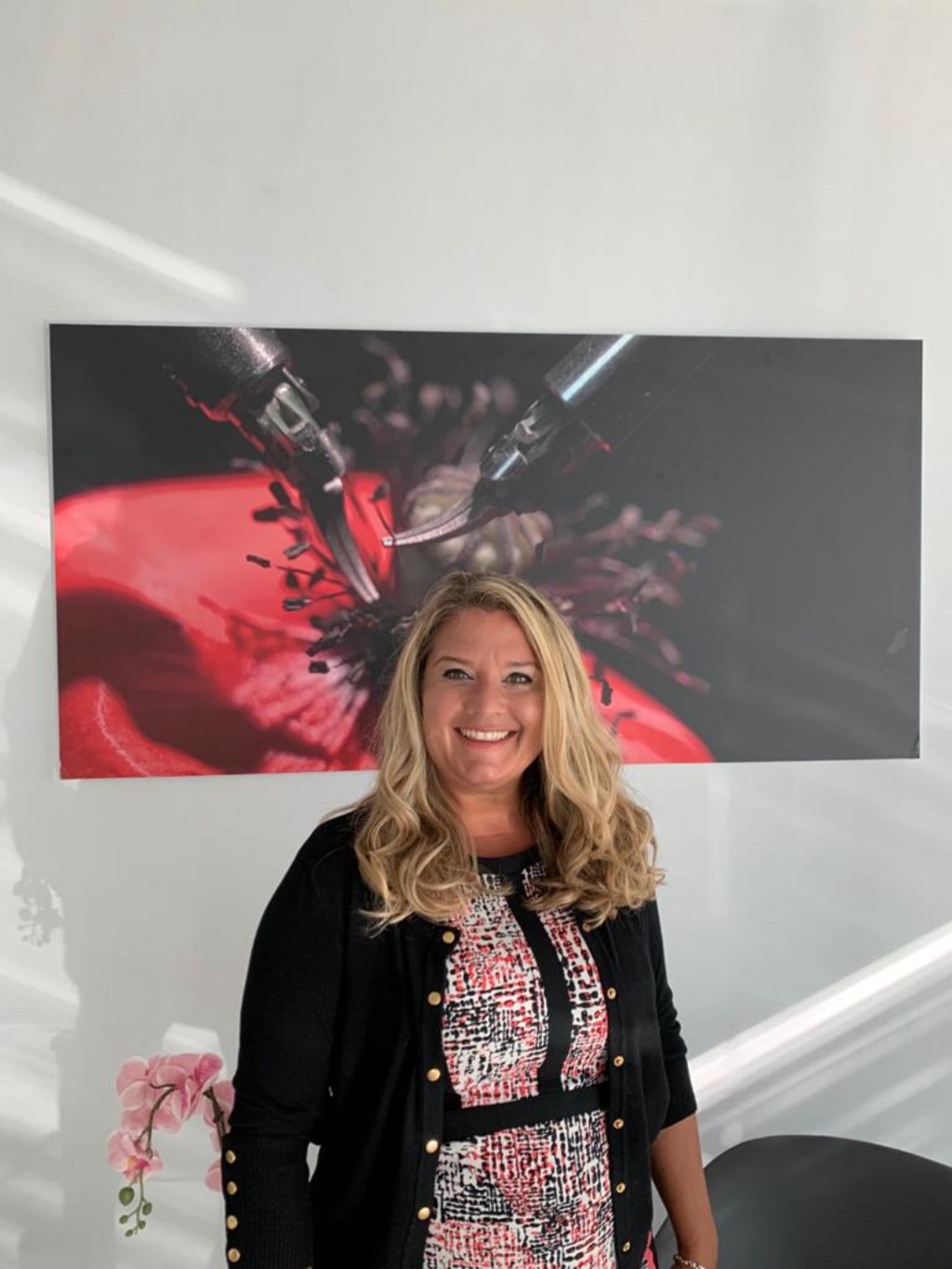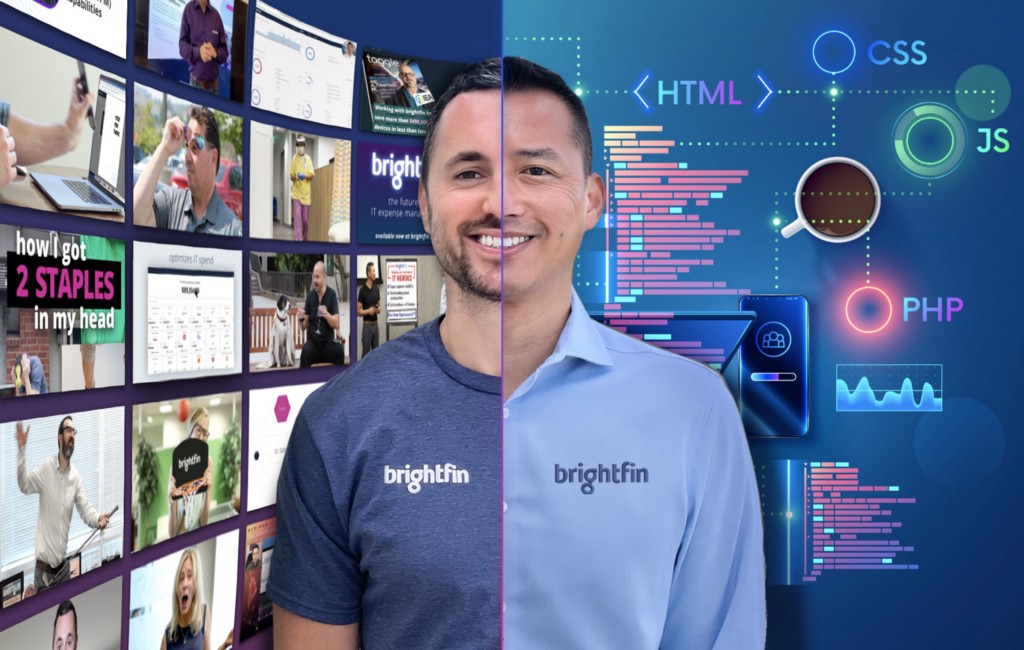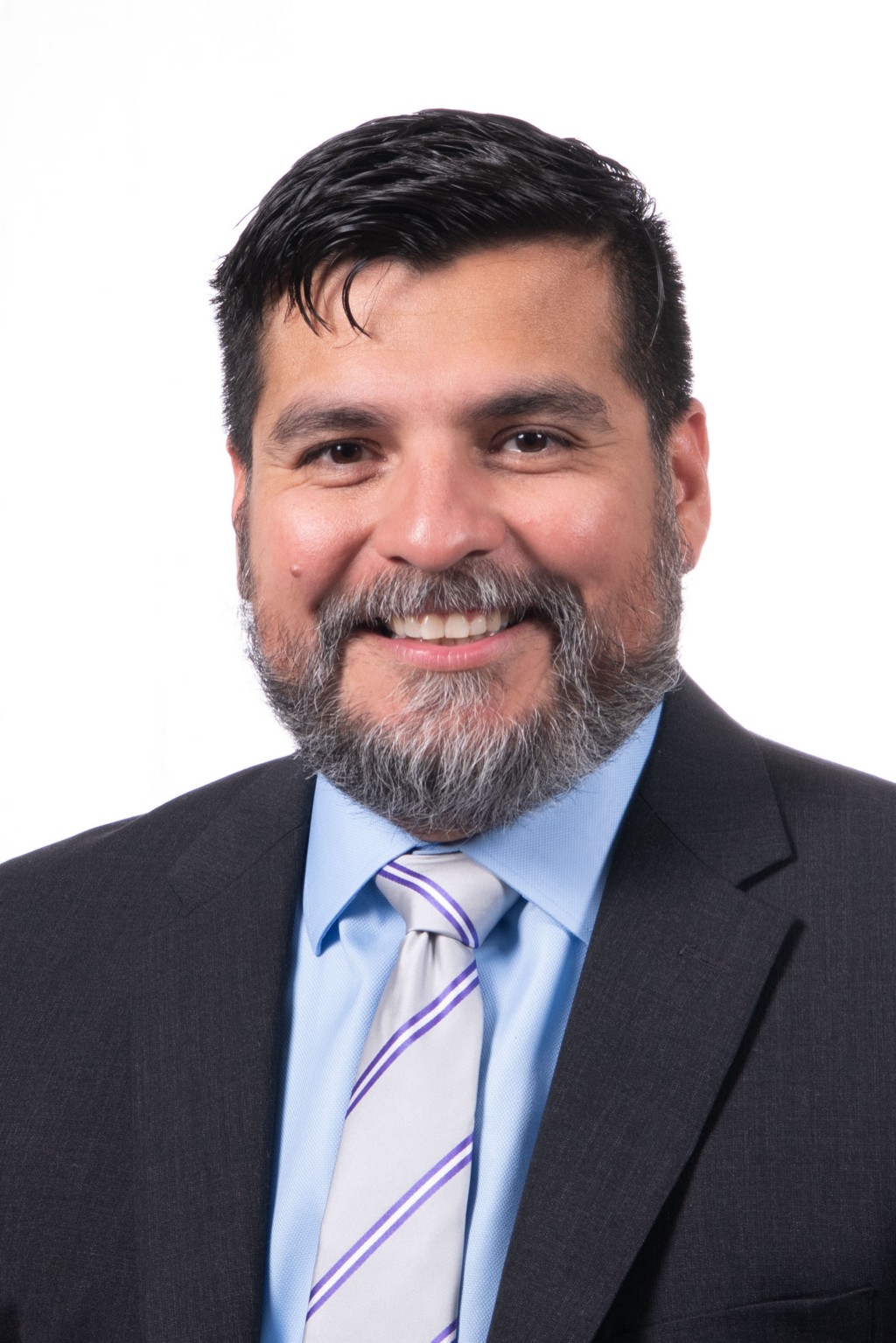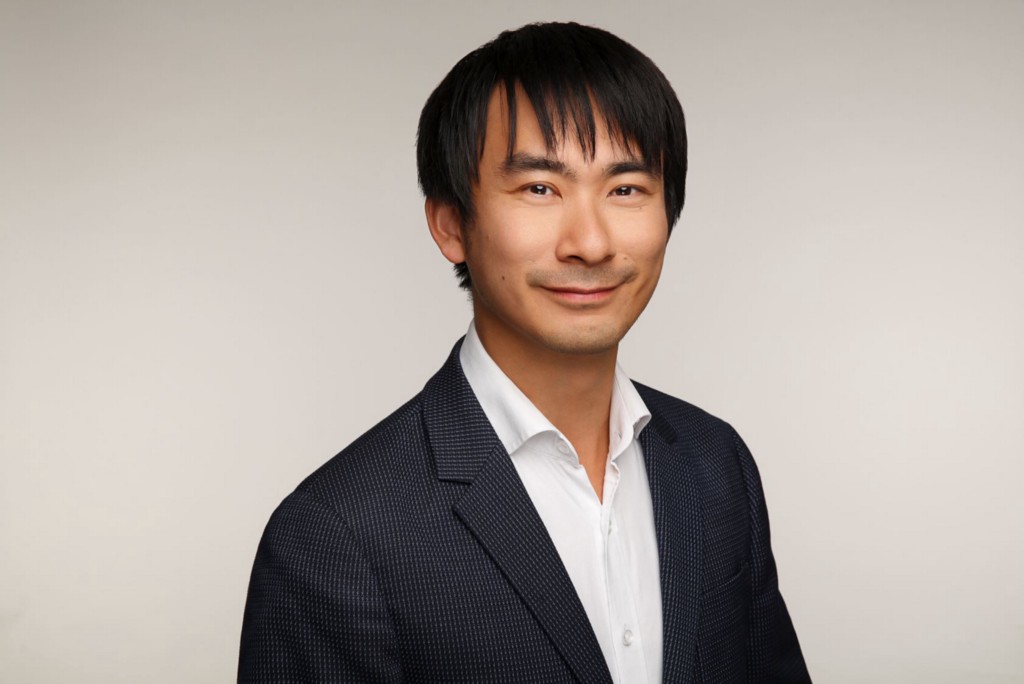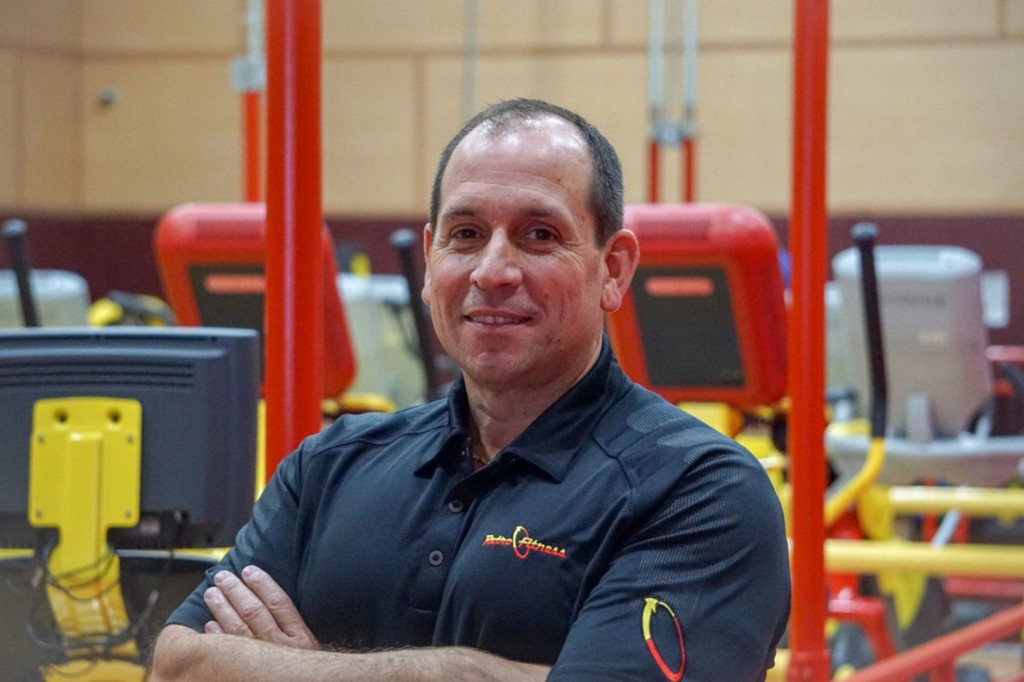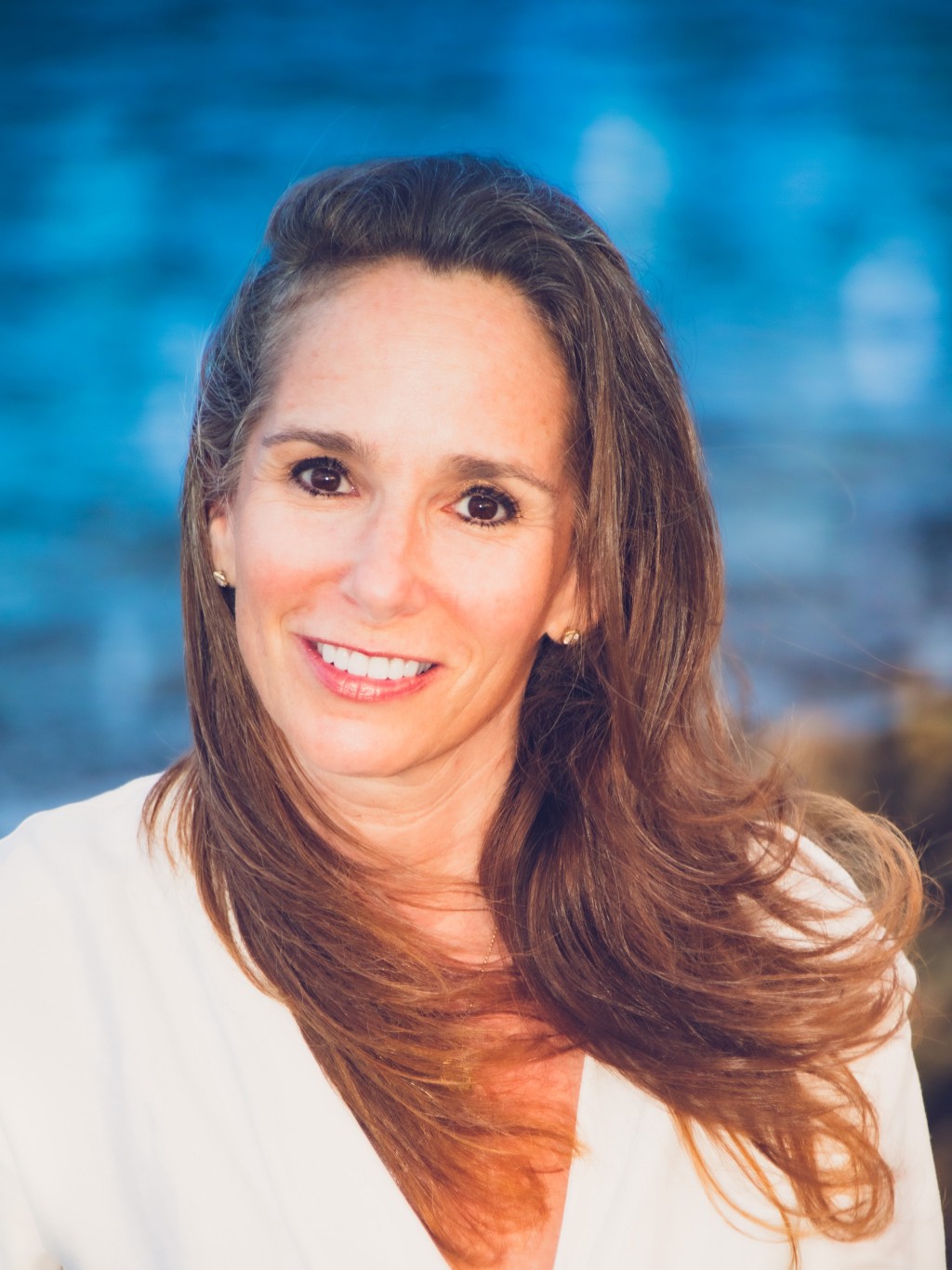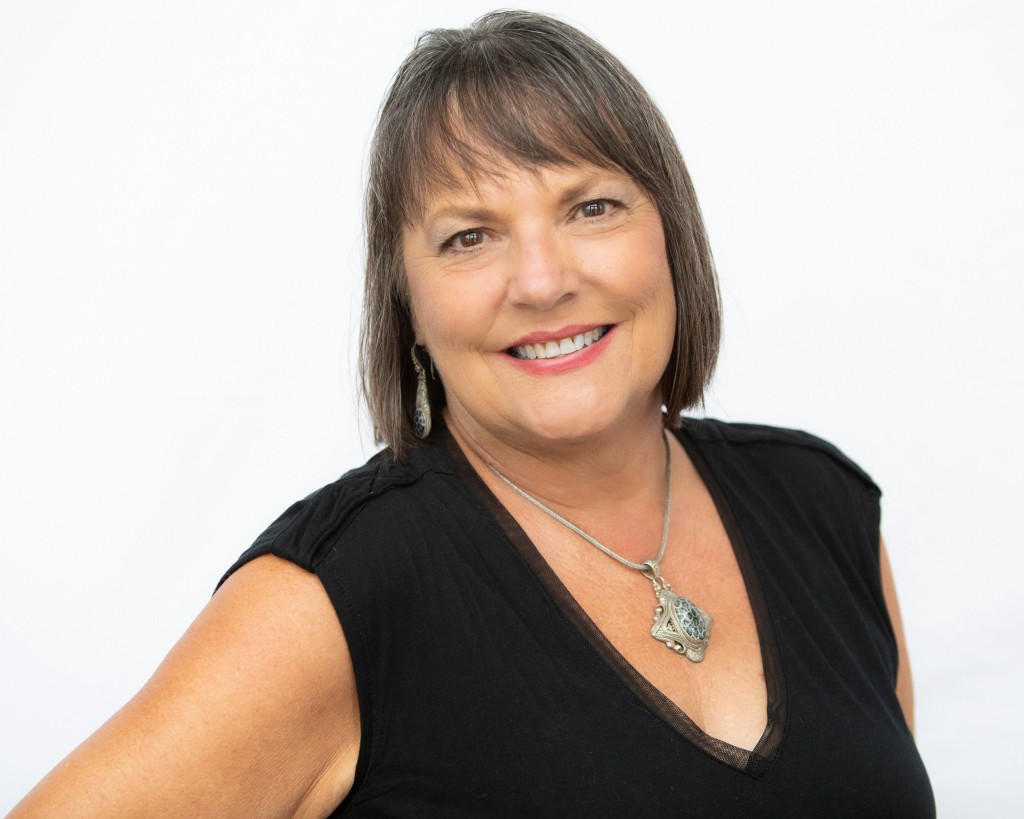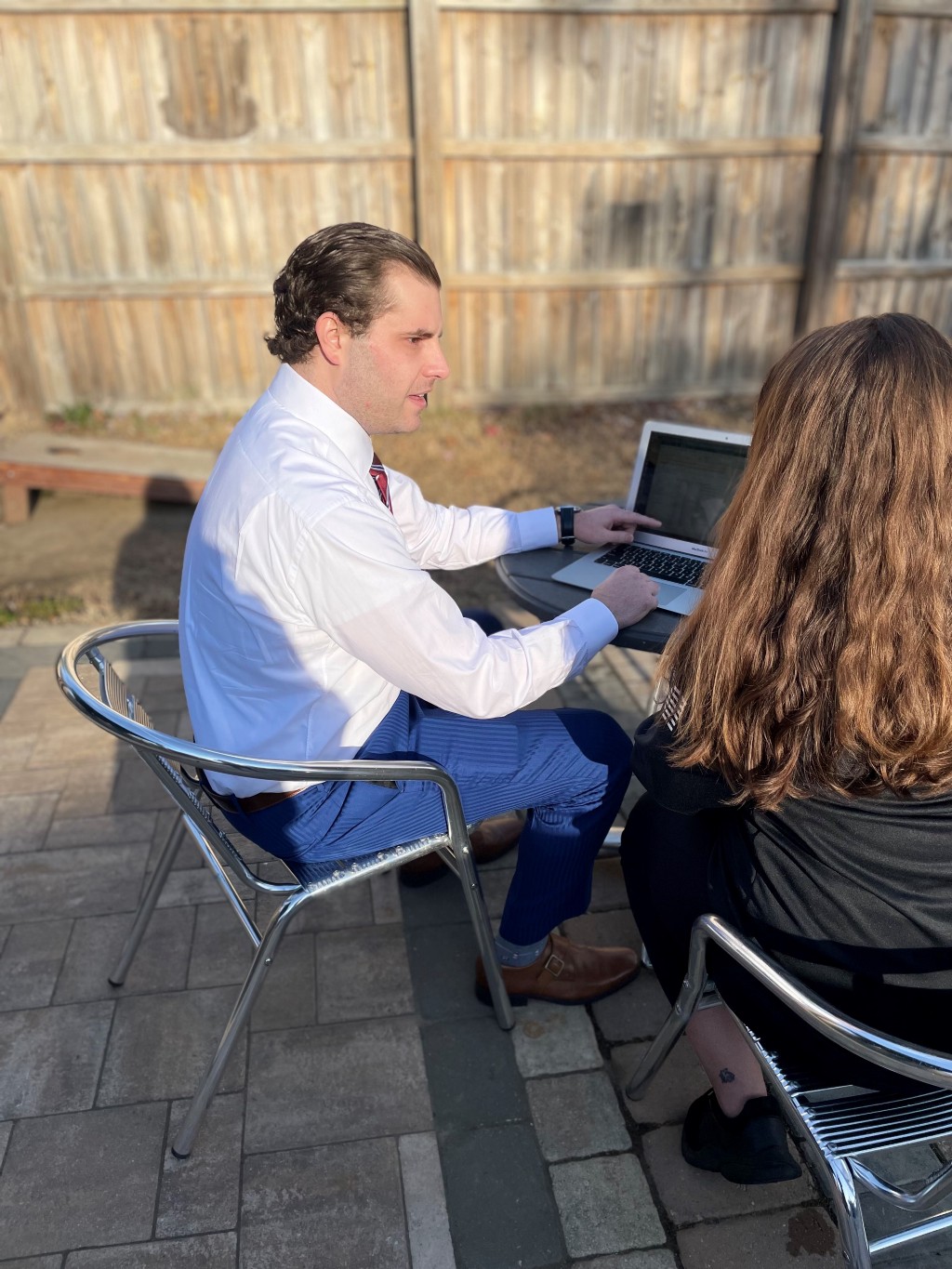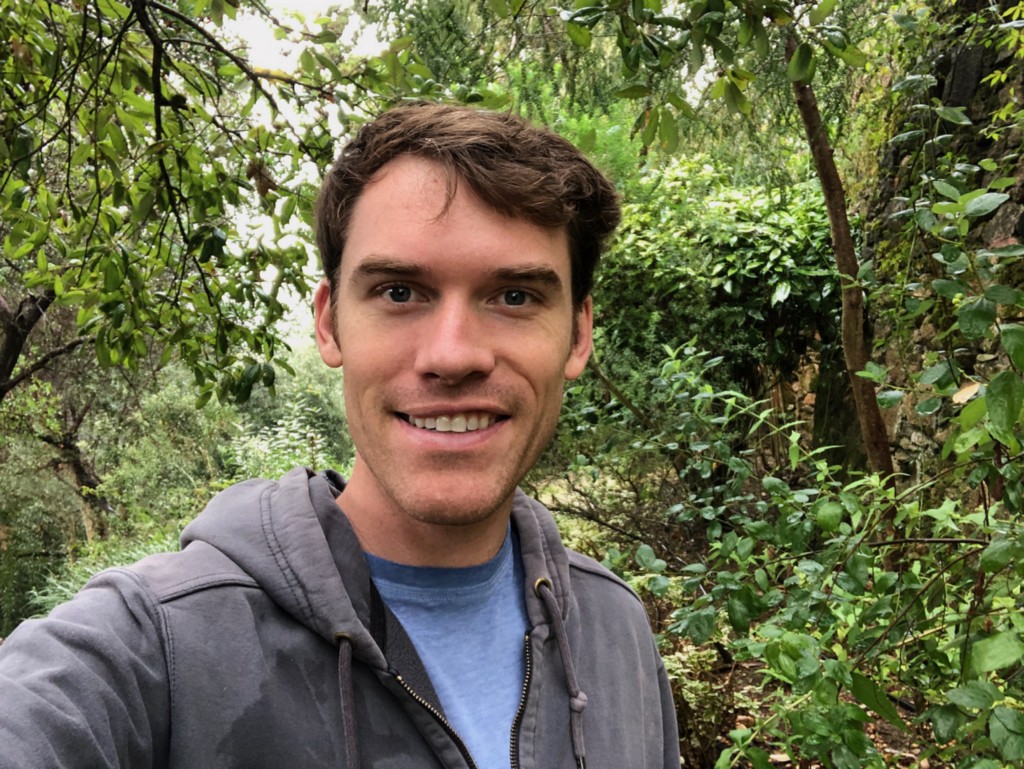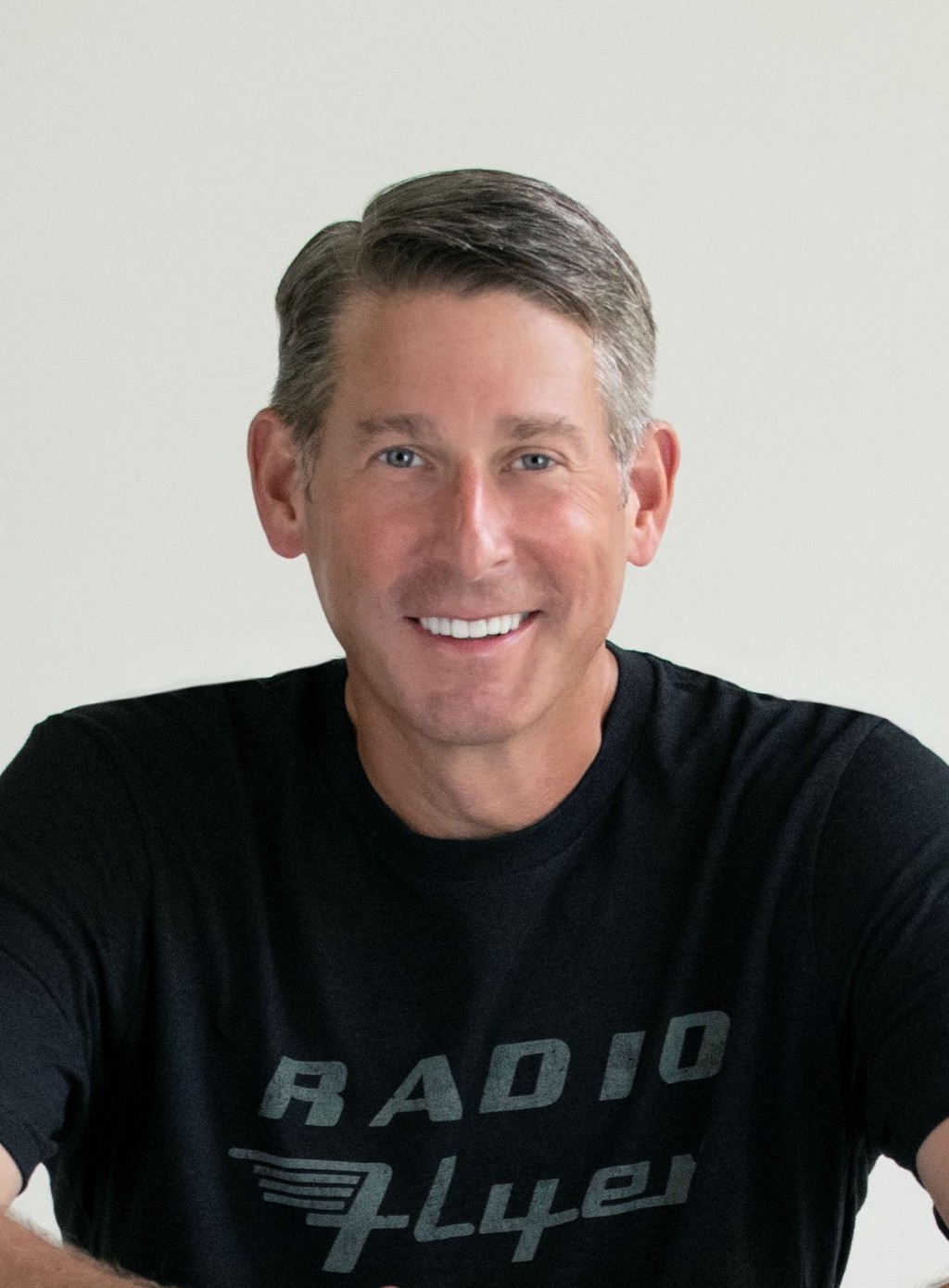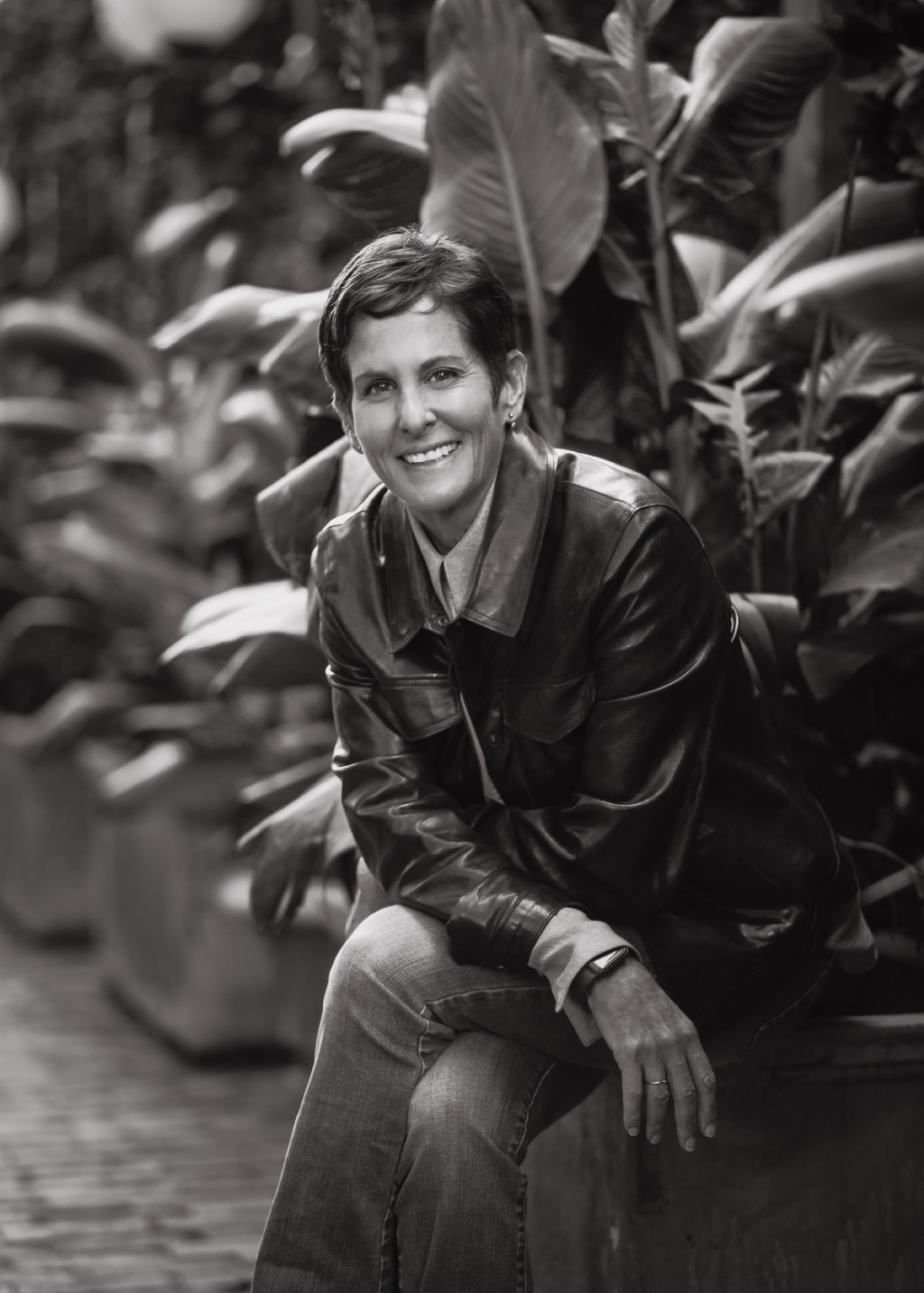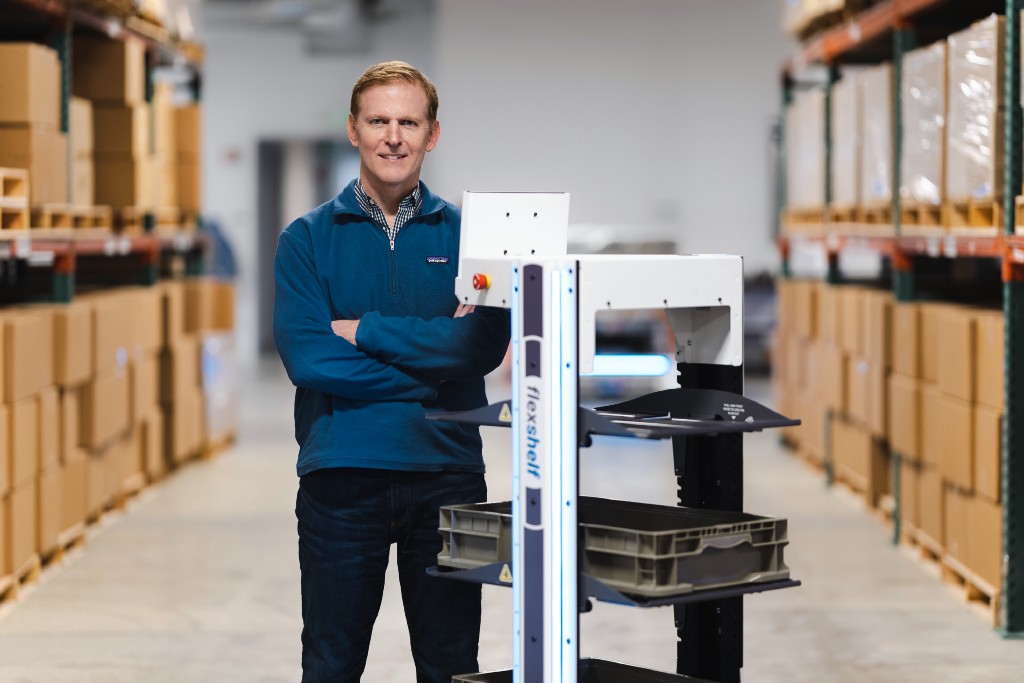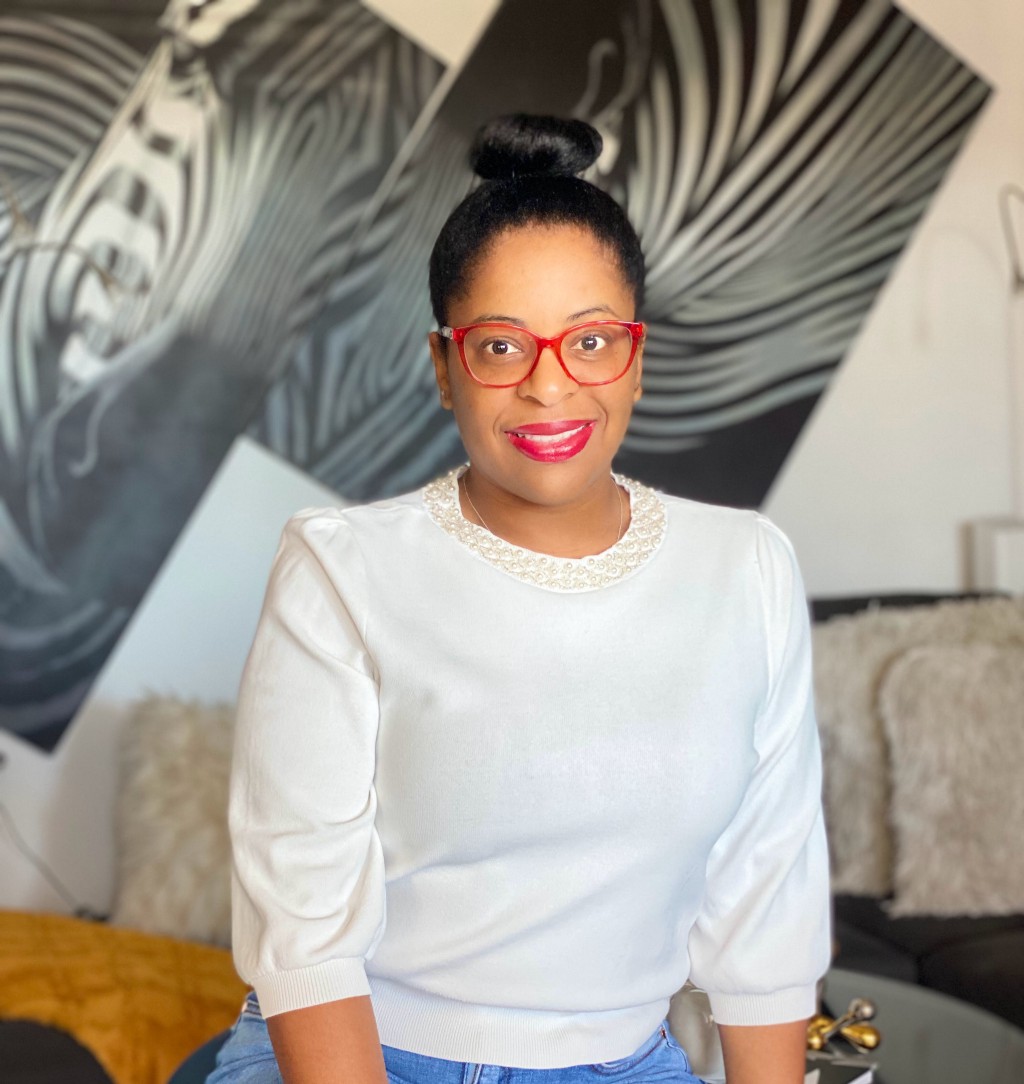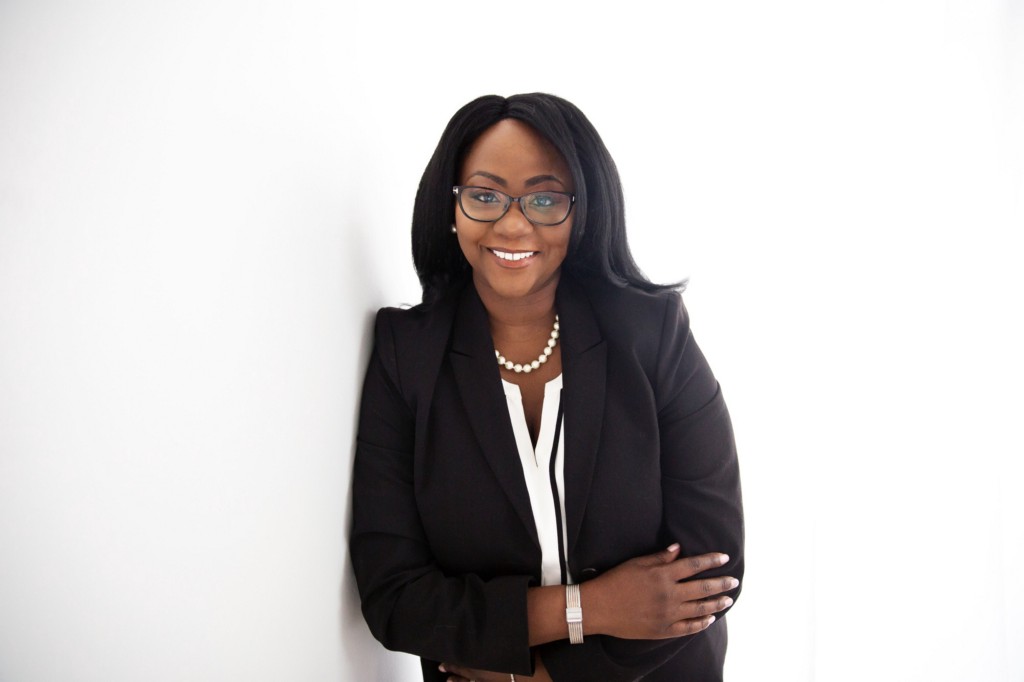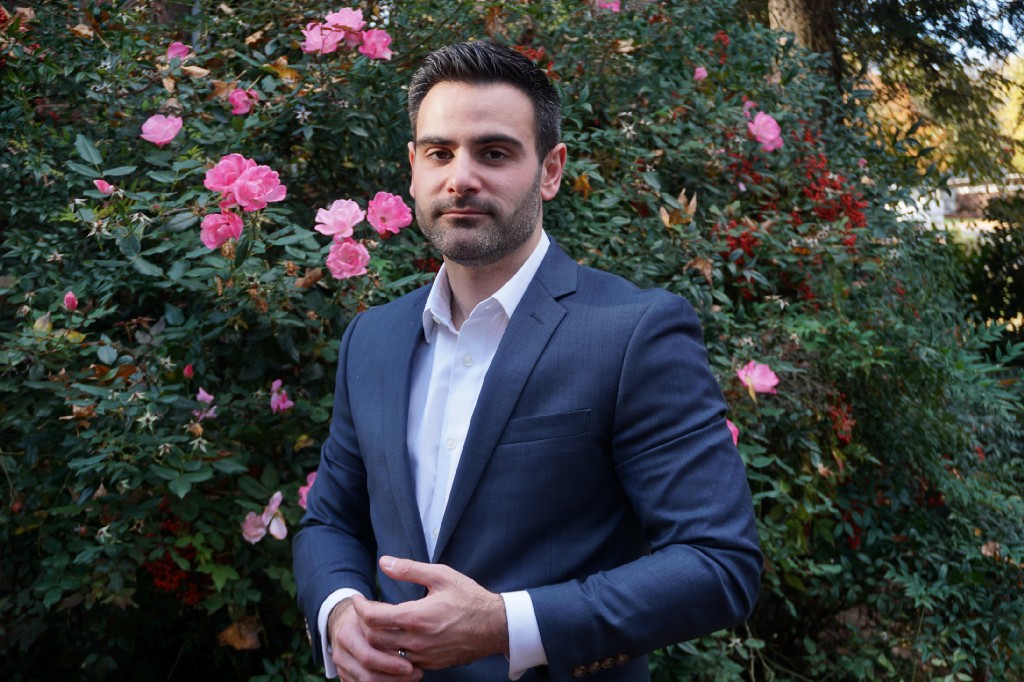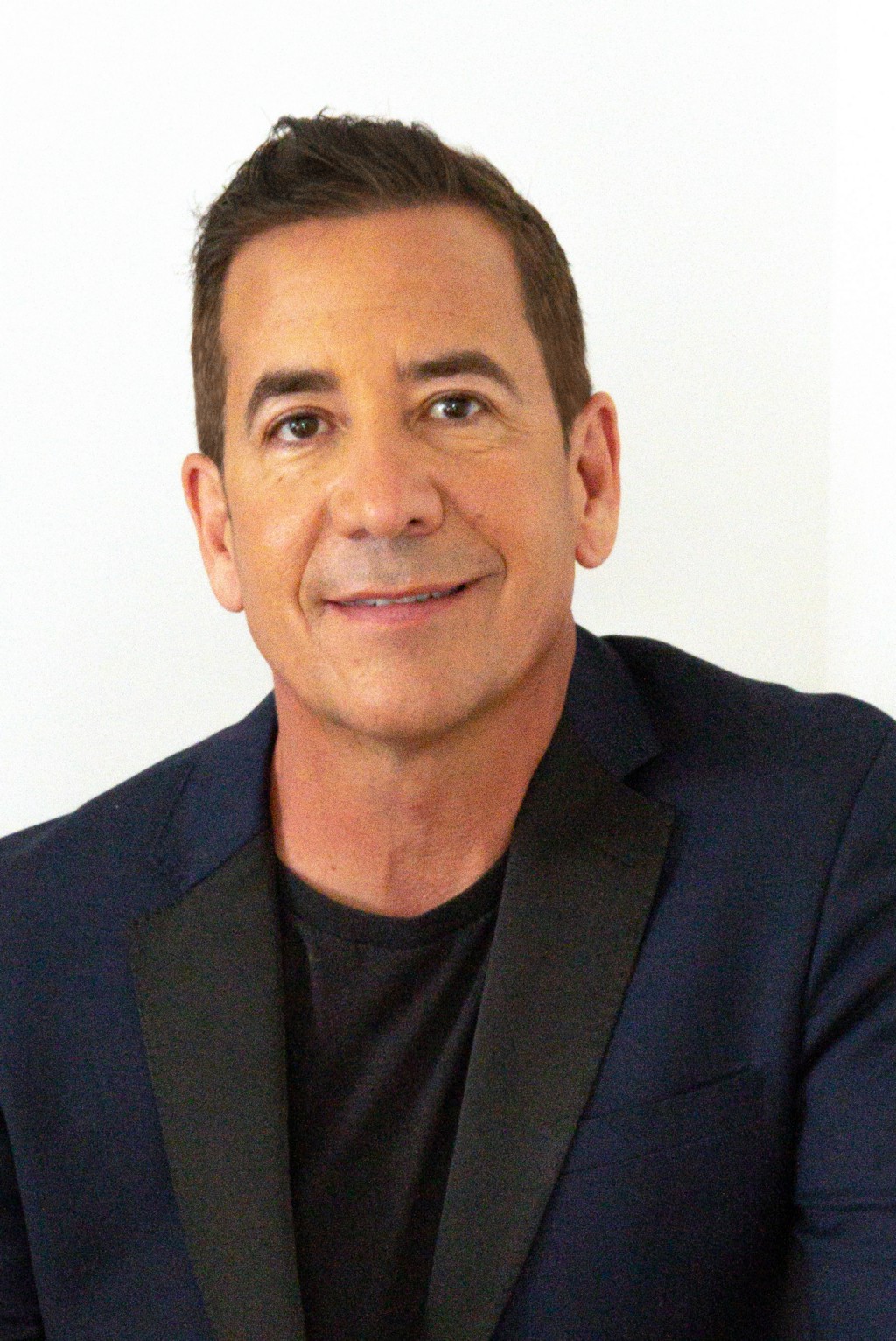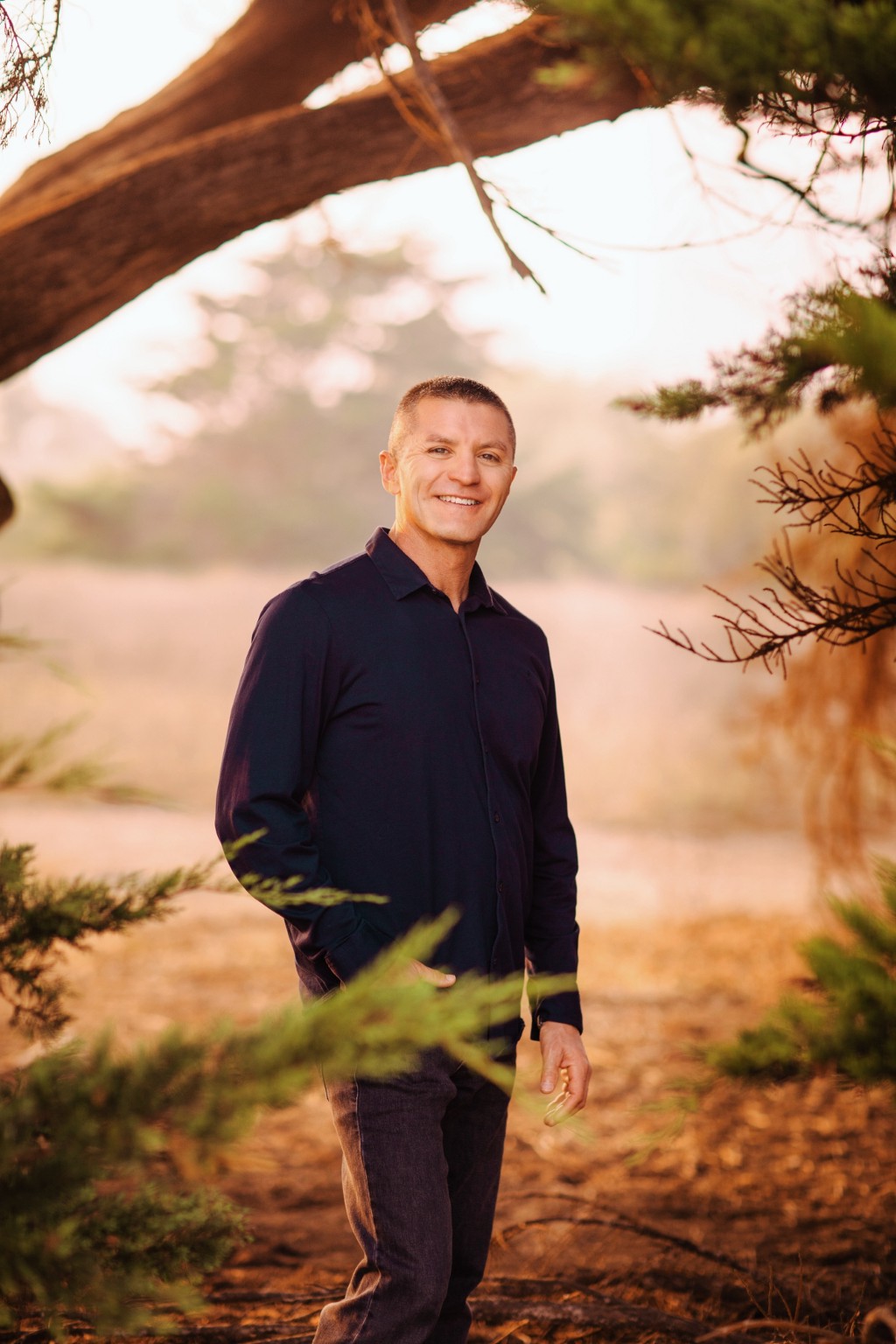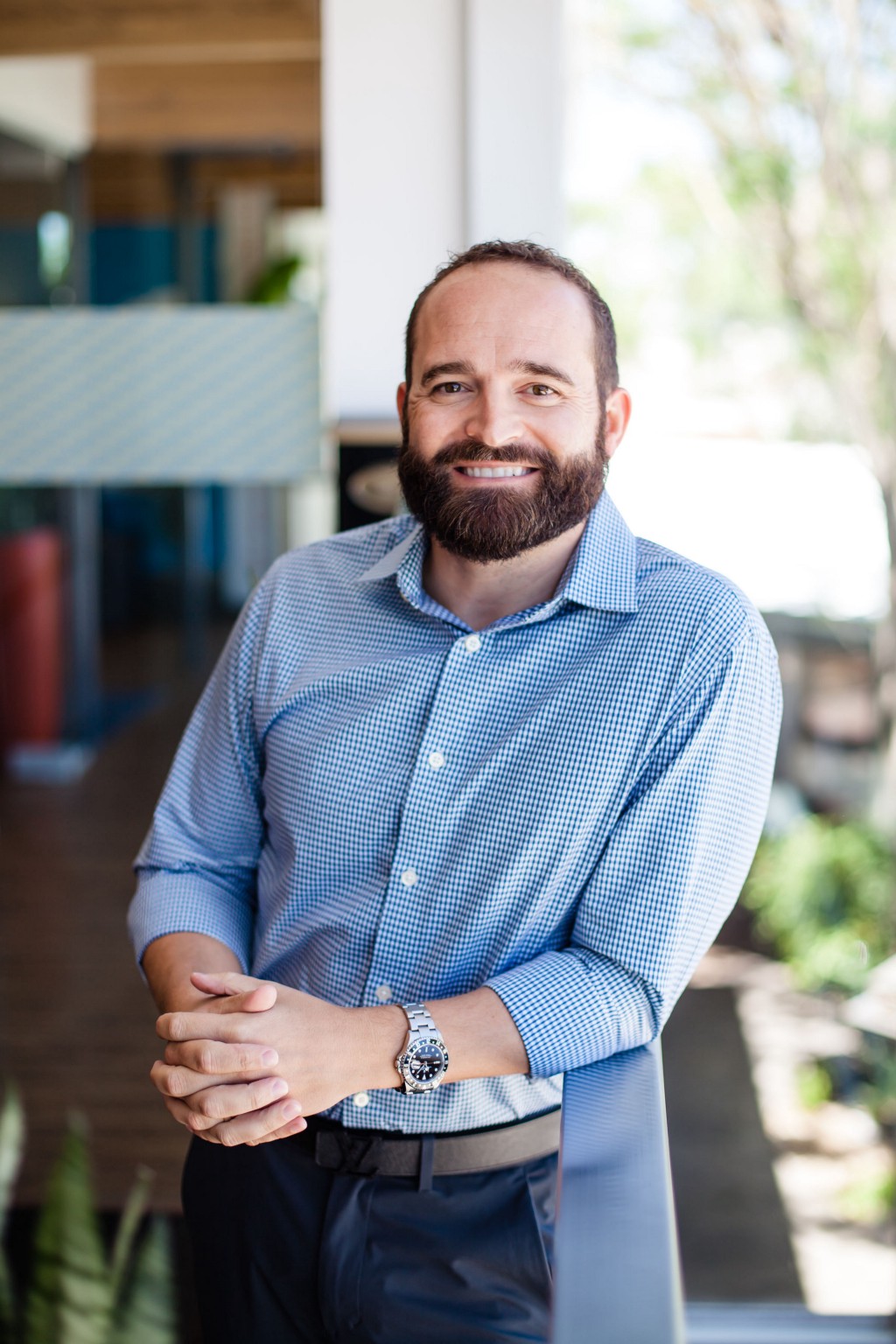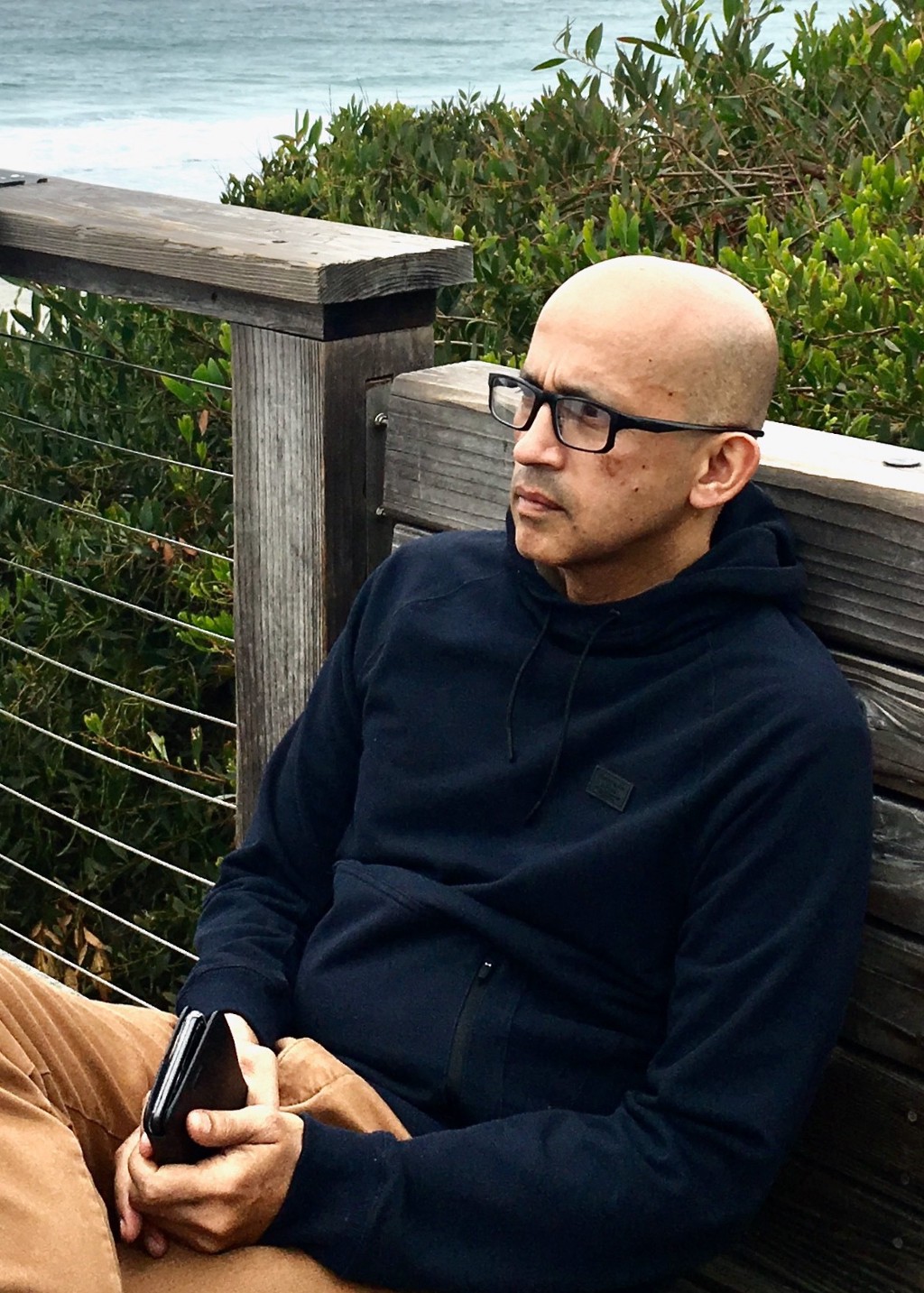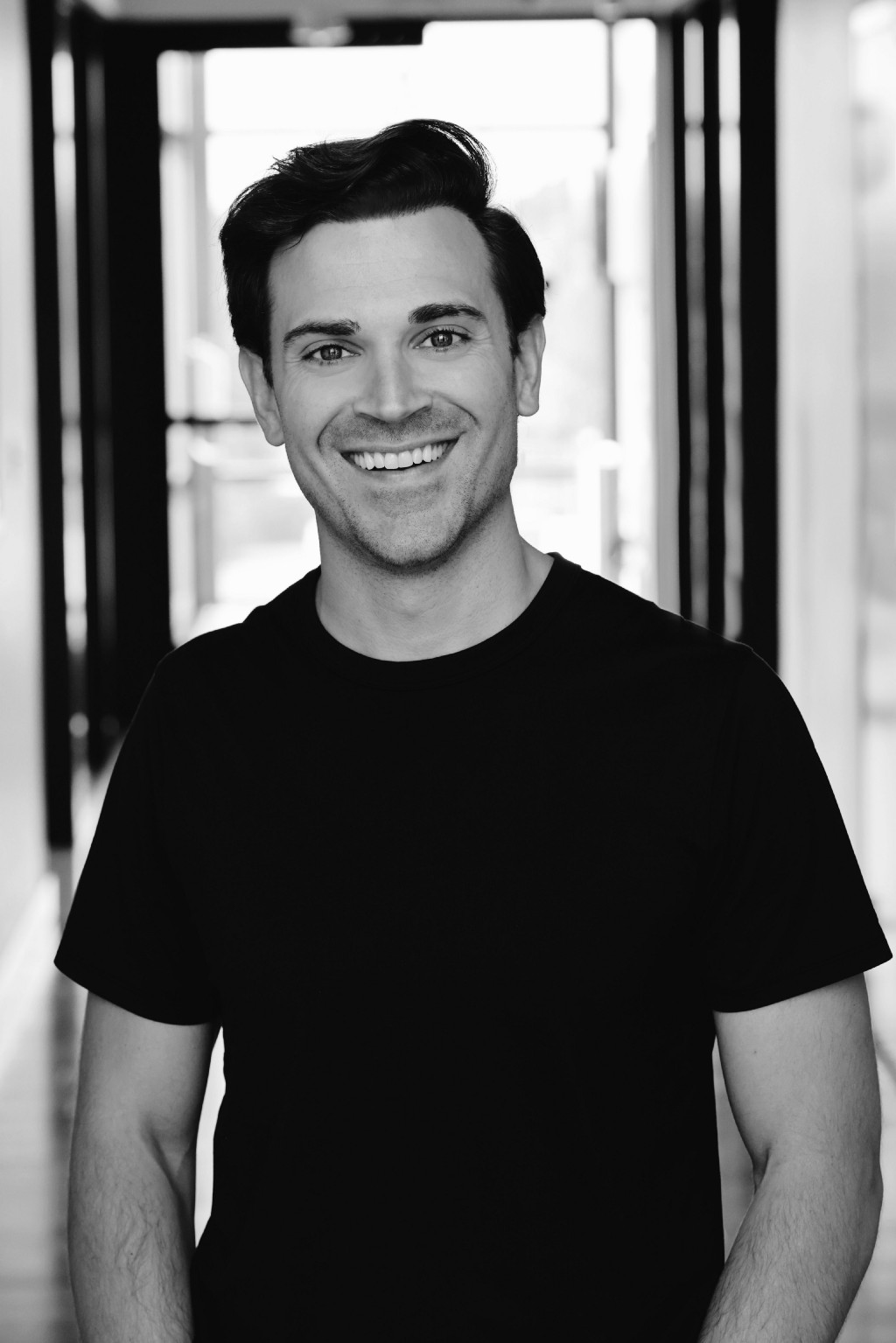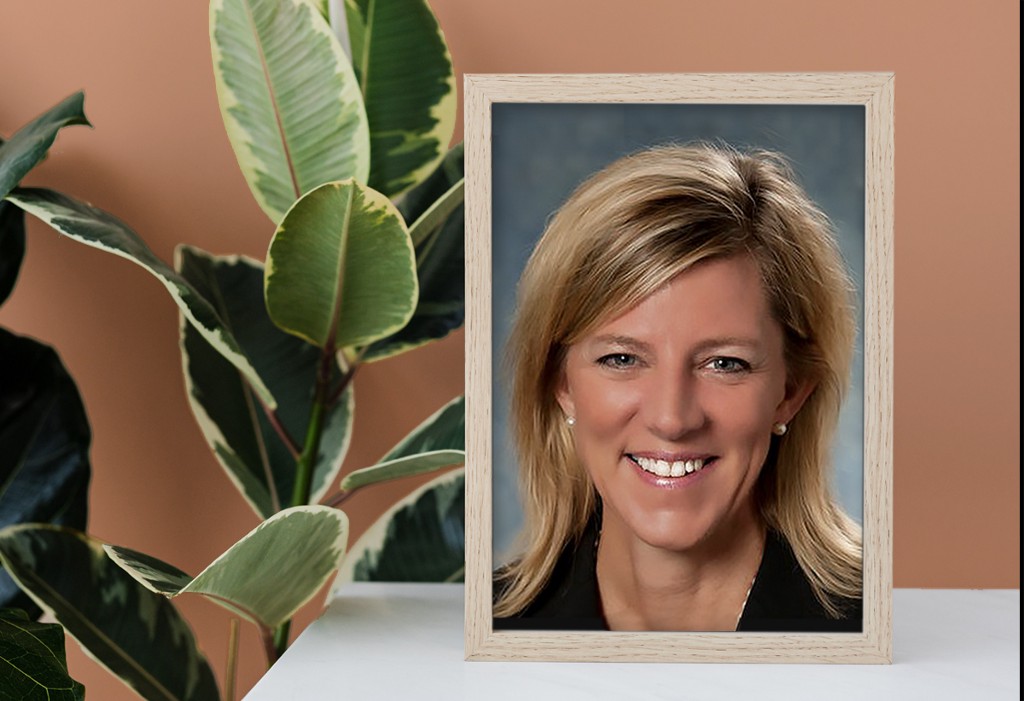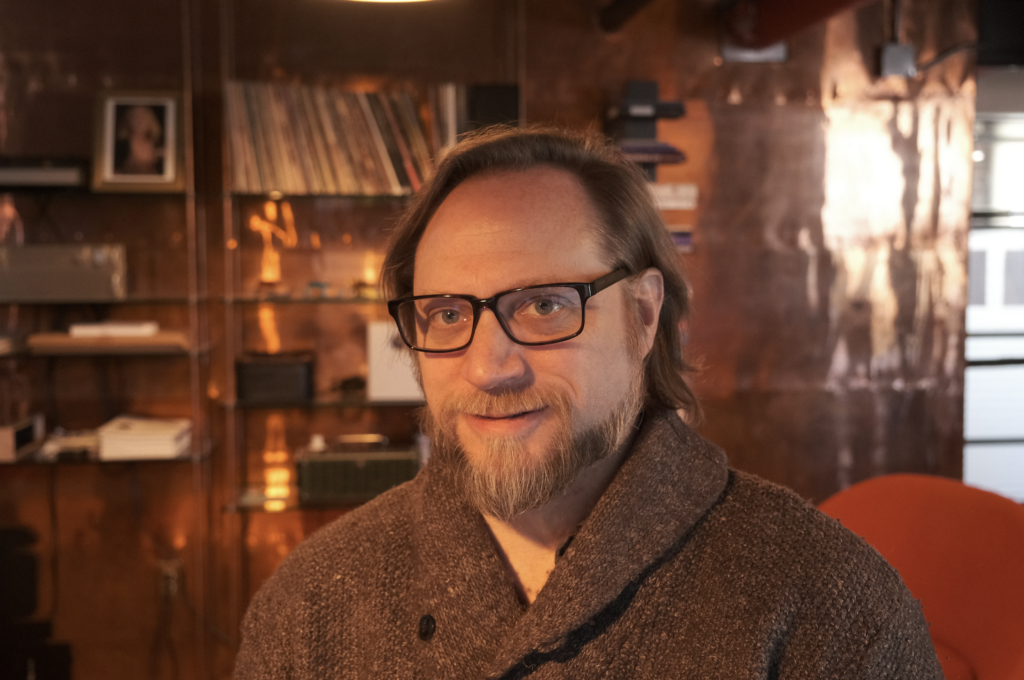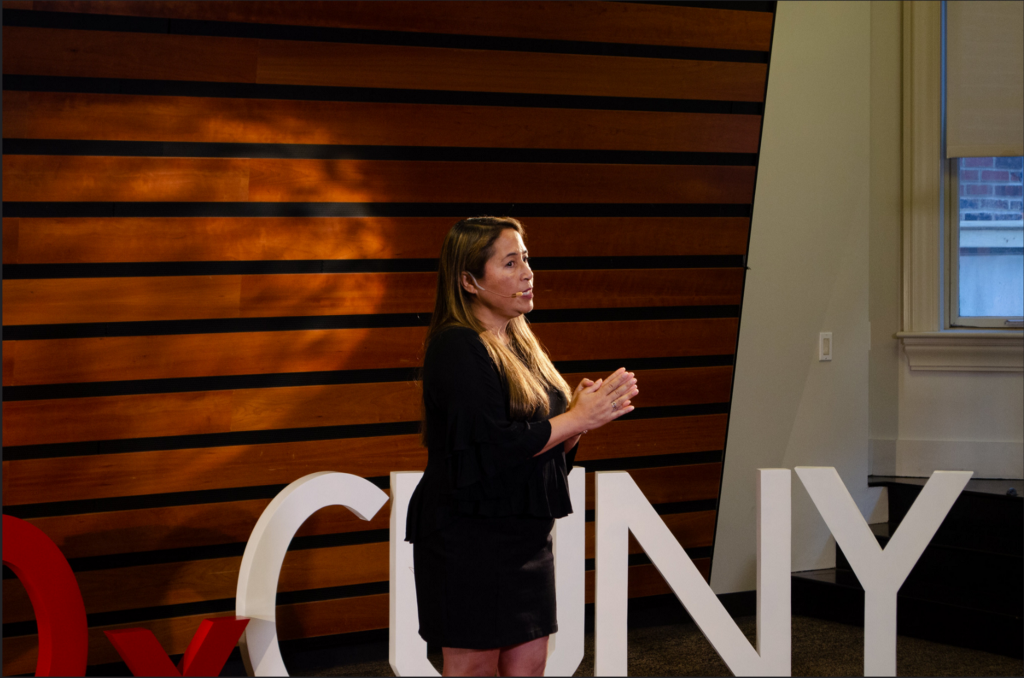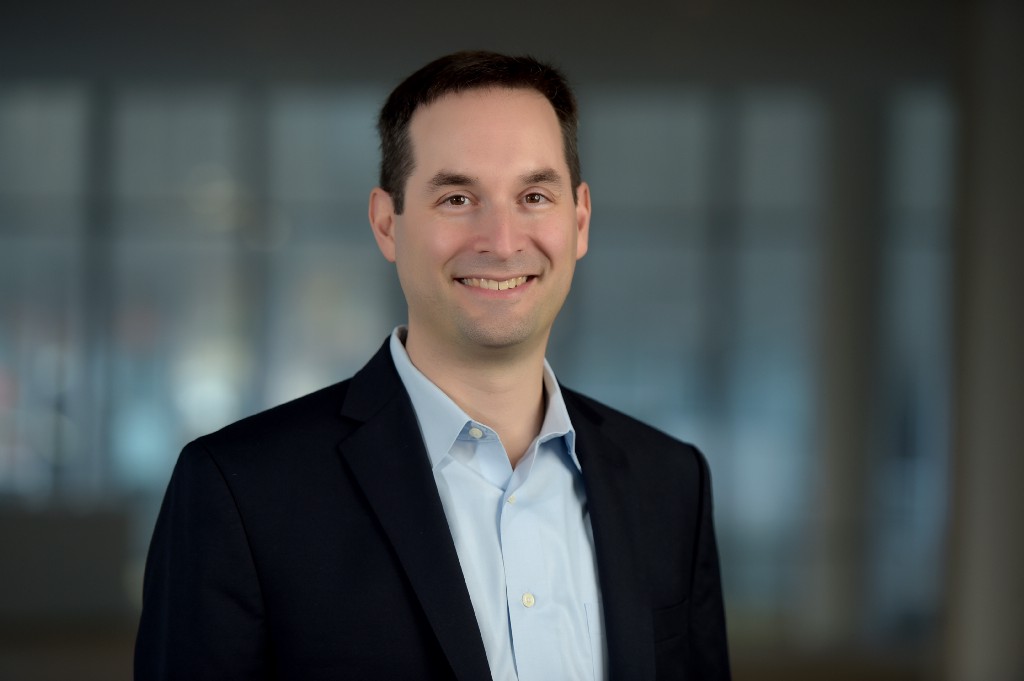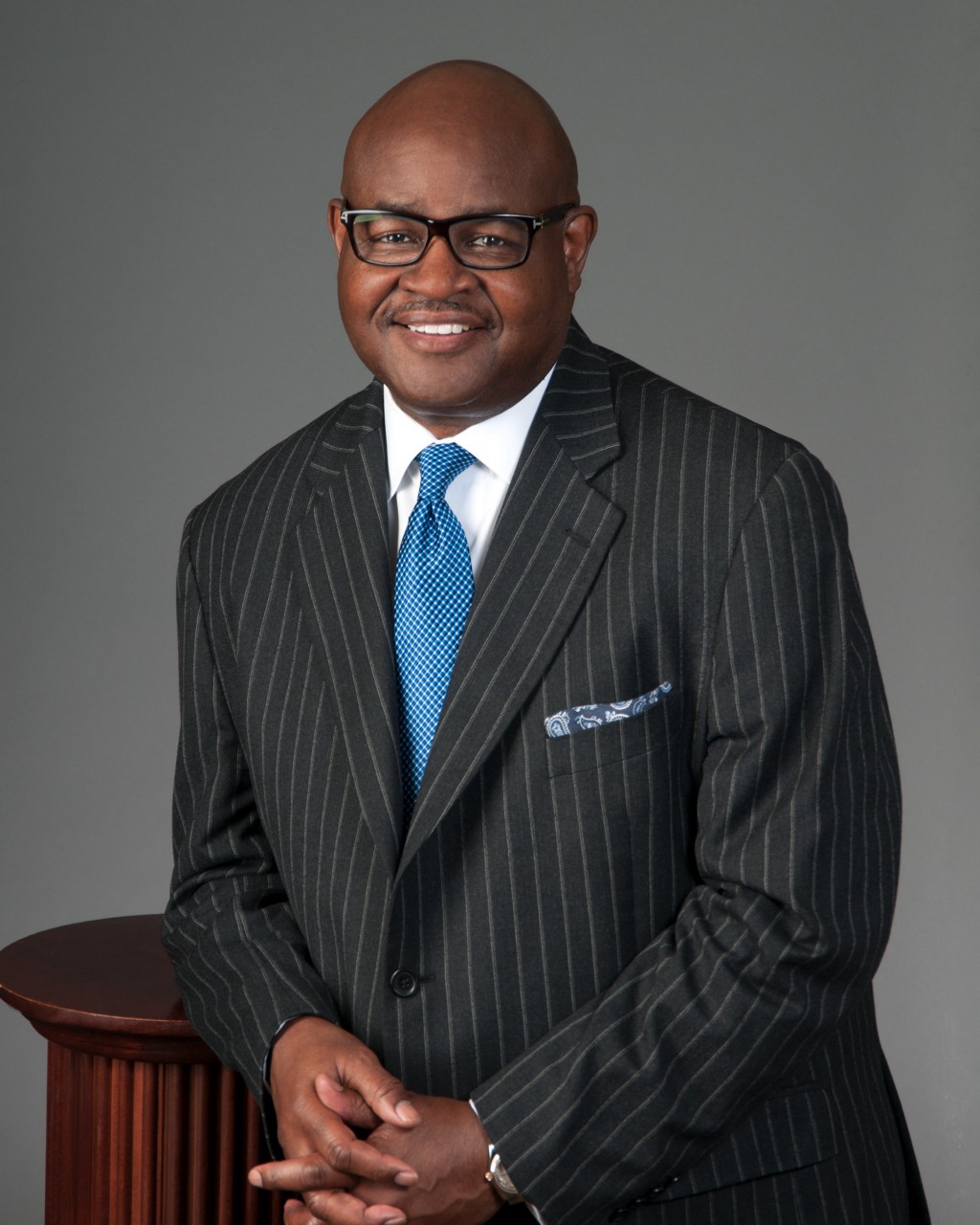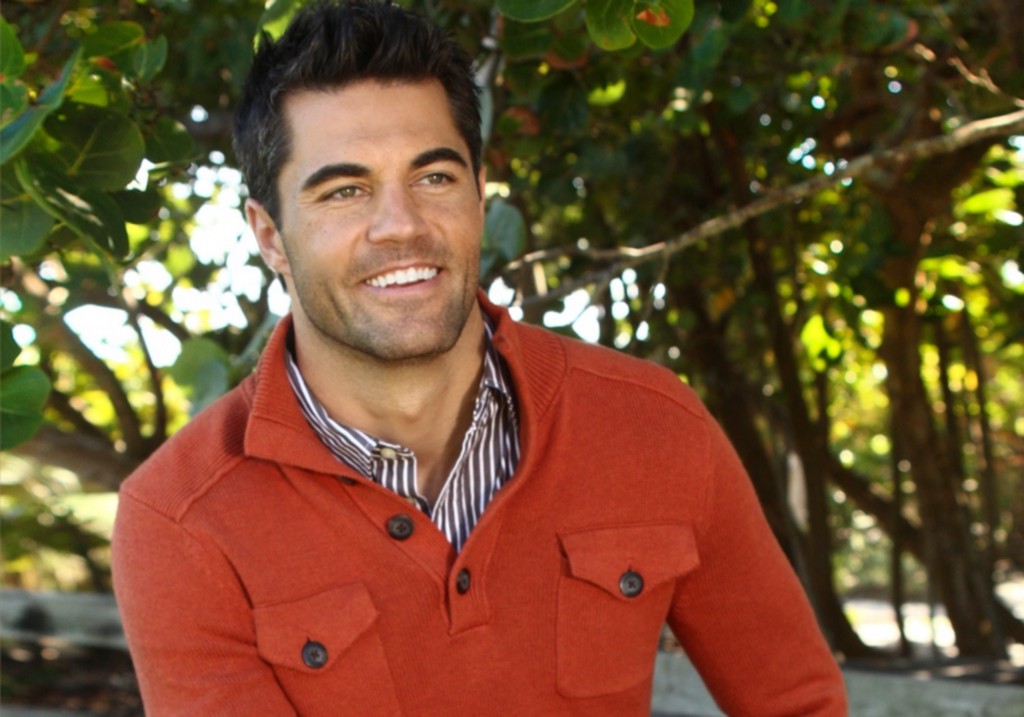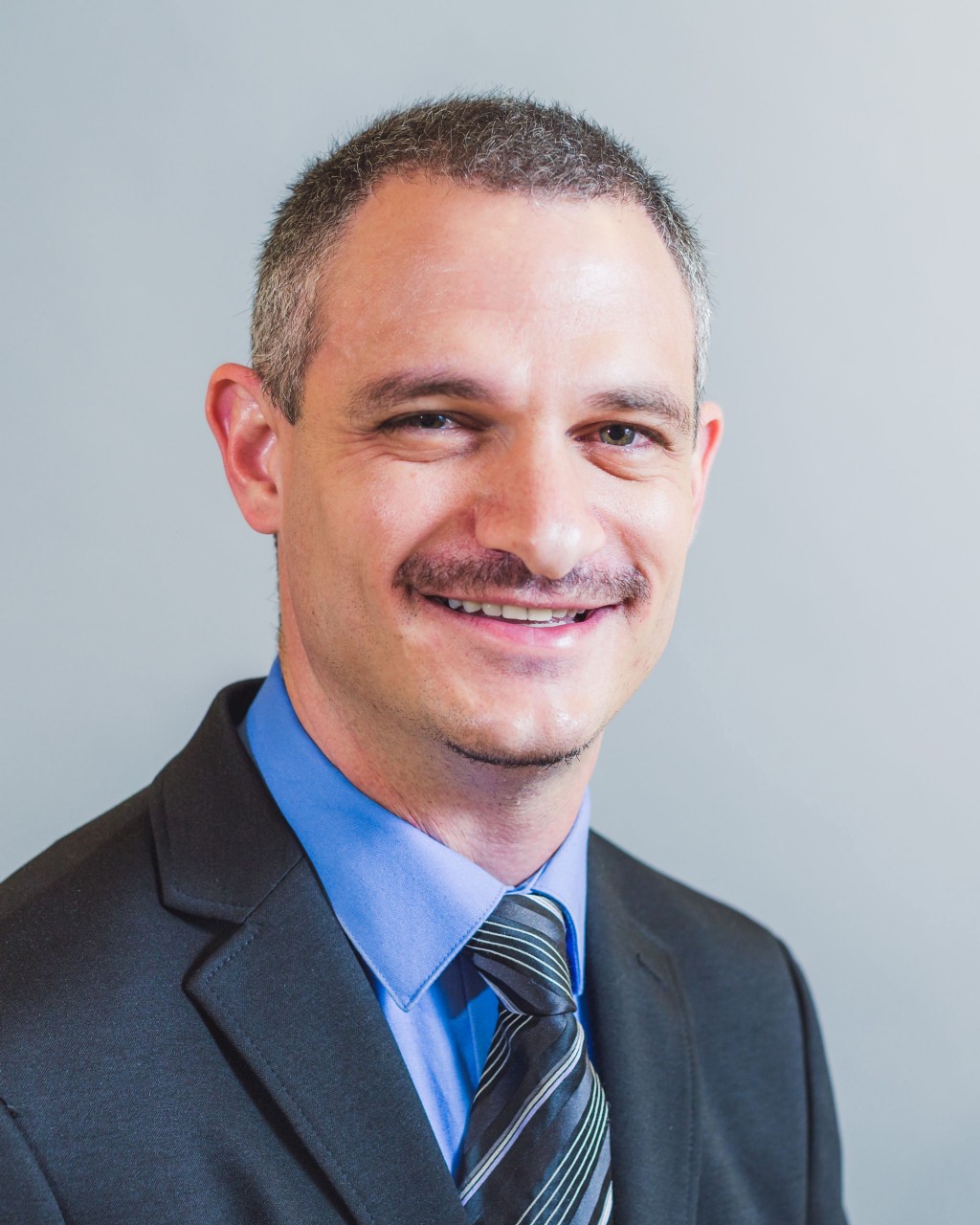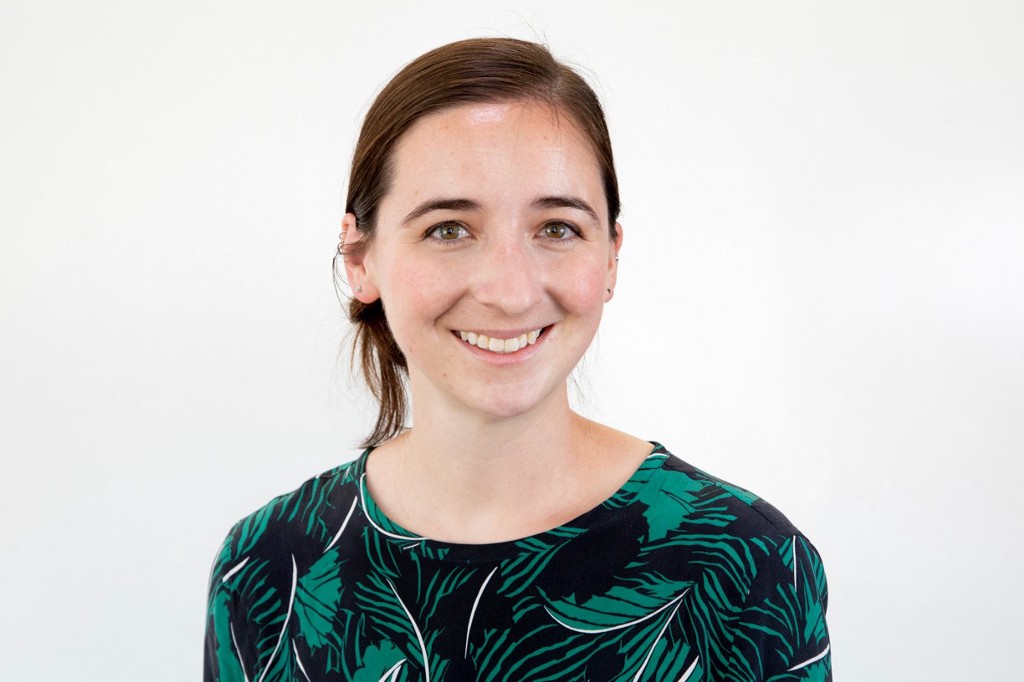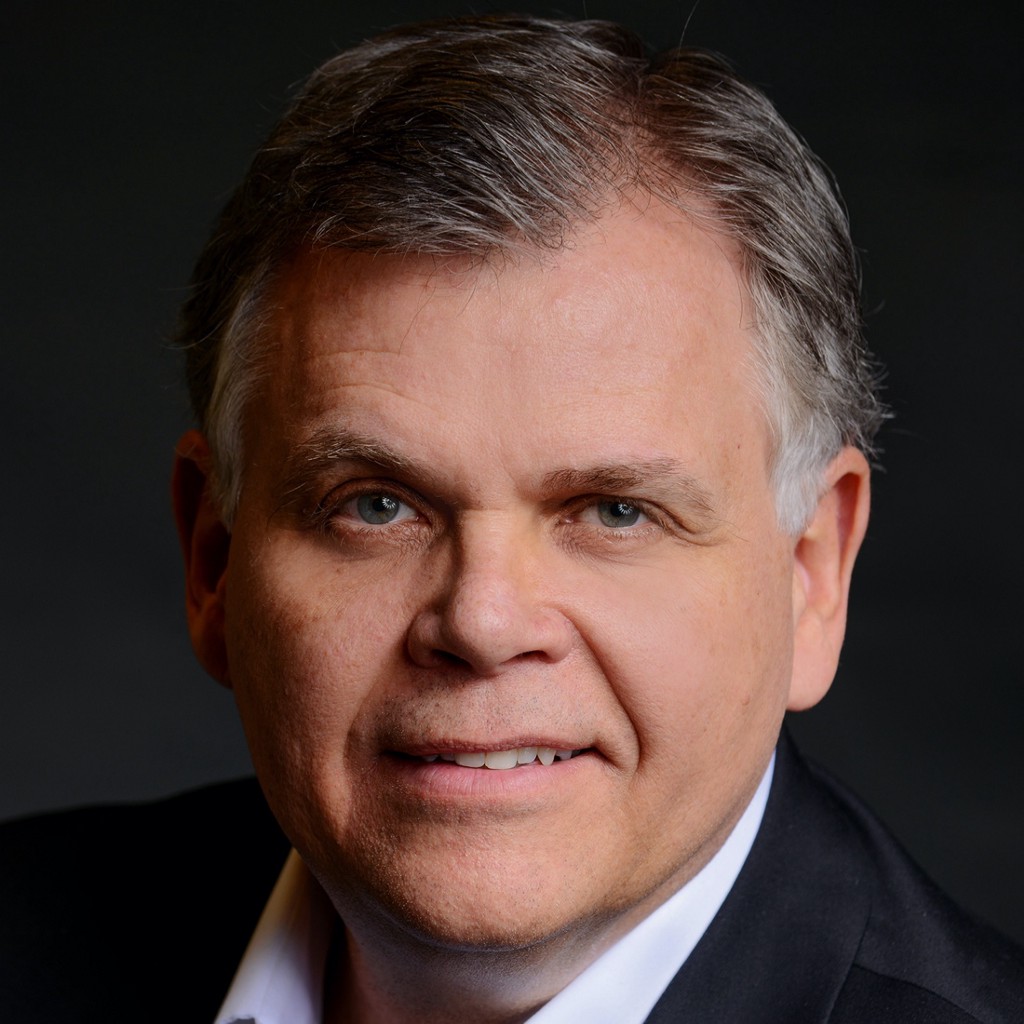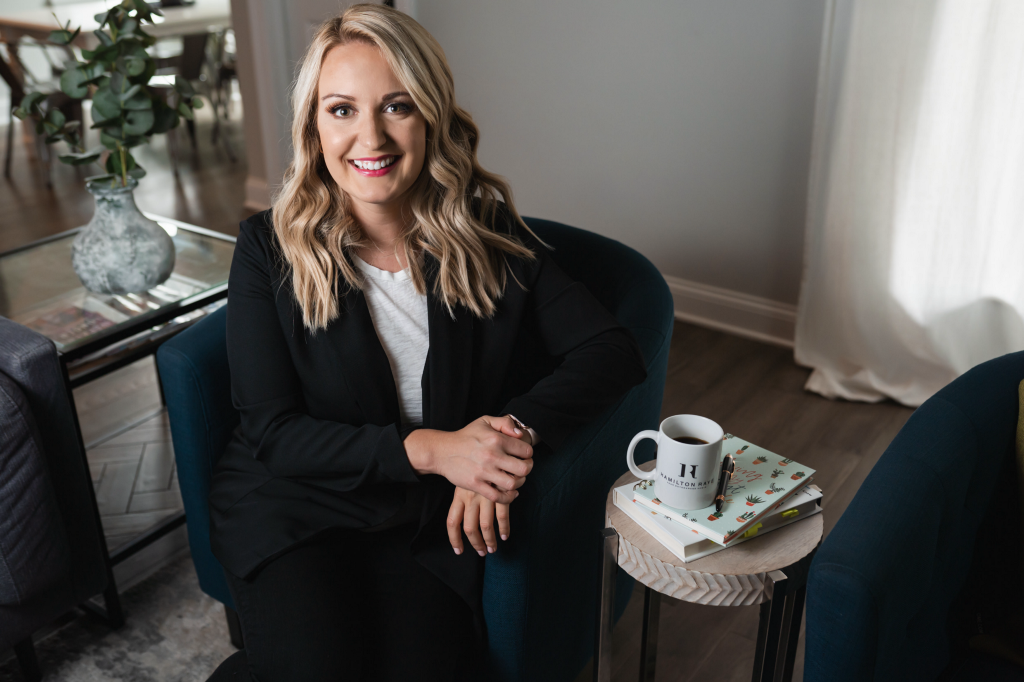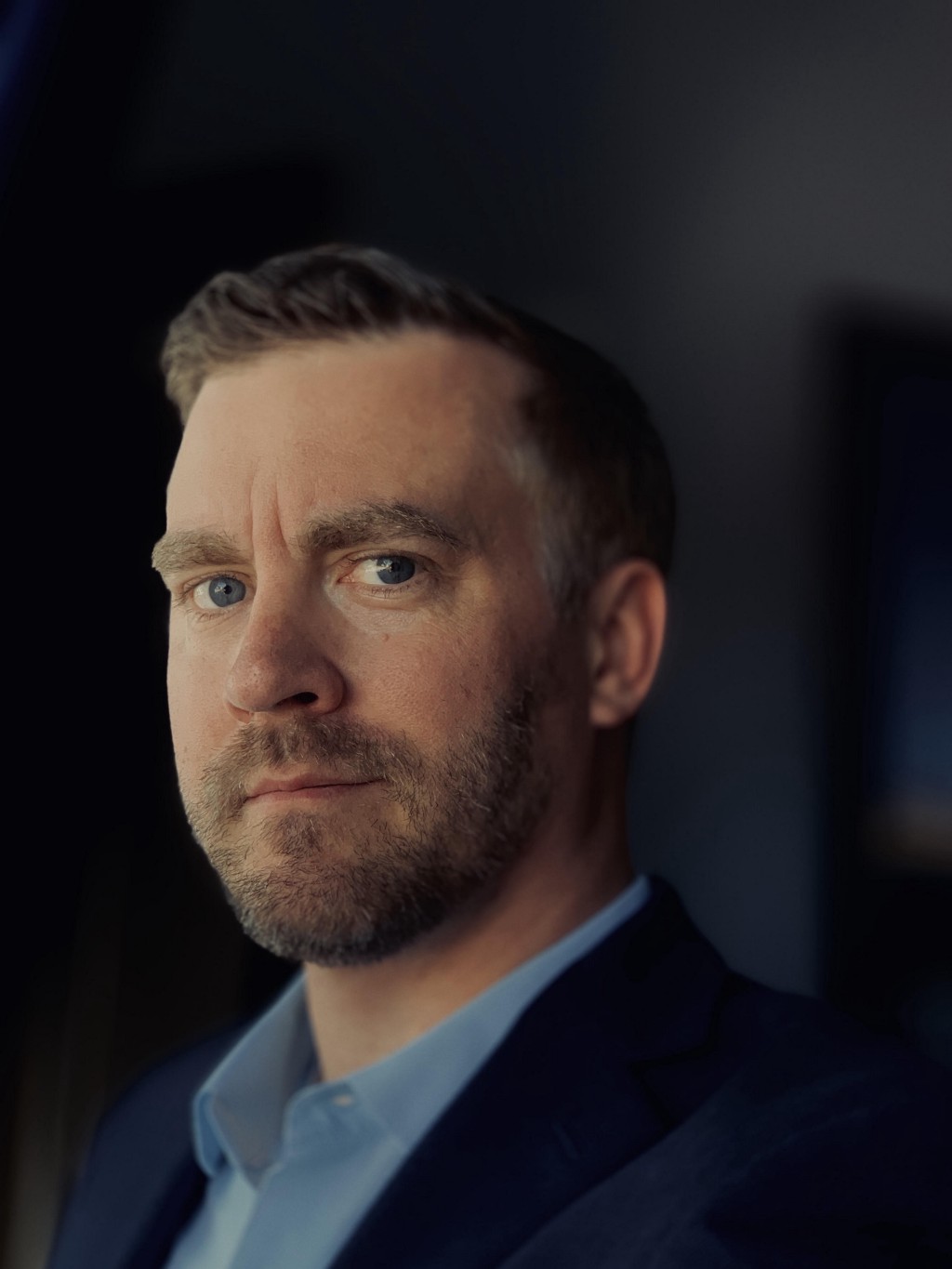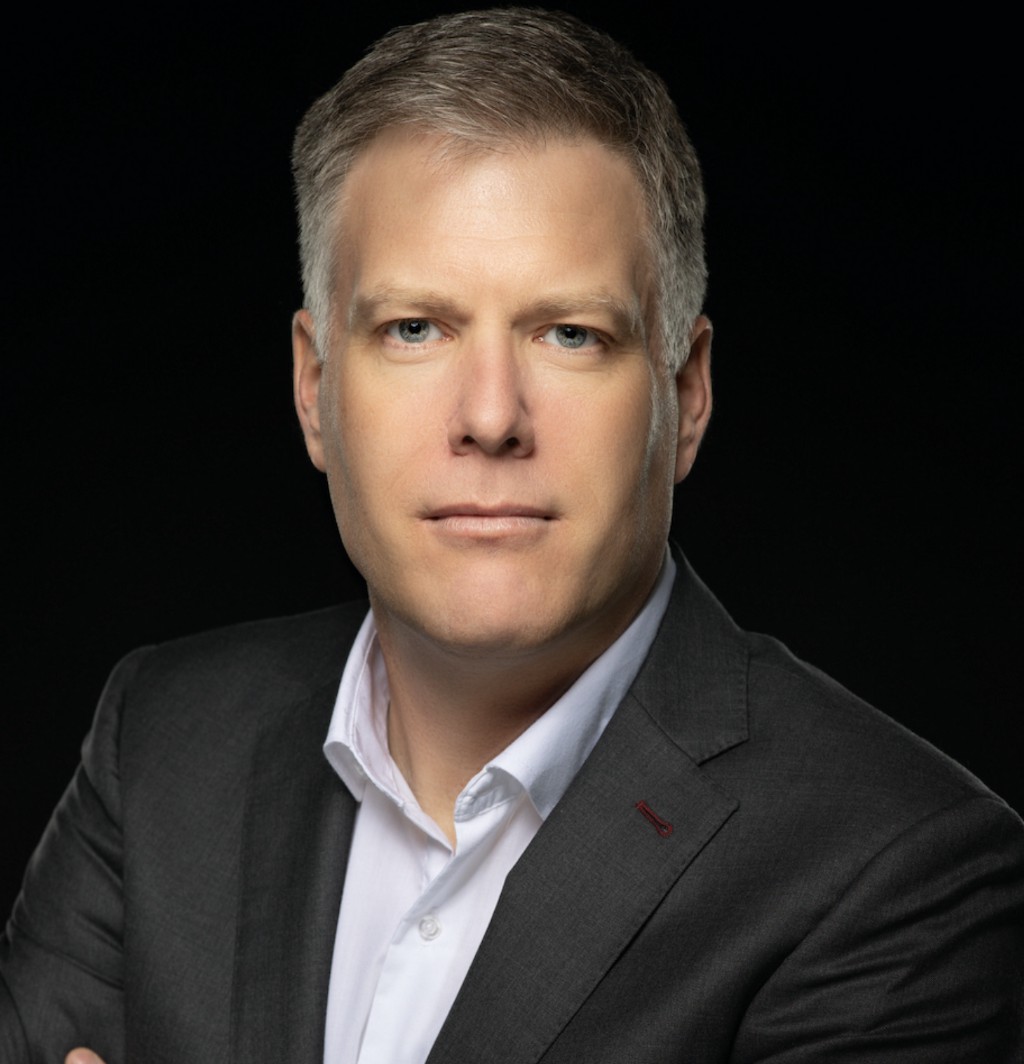An Interview With Fotis Georgiadis
Treat your customers like partners. Customers love being treated like they’re a part of your story and success. Treating customers like you would treat an investor or business partner pays tremendous dividends. I’ve found that when we engage customers at AirSkirts in this way they are far more likely to provide good feedback on the product, write reviews, and most importantly refer other customers. Whenever possible, I like to personally get on the phone with customers, share our origin story, and ask for their input on the product.
As a part of our series called “Making Something From Nothing”, I had the pleasure of interviewing Jim Phelan.
AirSkirts founder Jim Phelan started his career as a software engineer and CTO. Jim co-founded Stream57, an online webcasting platform, which was sold to West Corp in 2009. Following that successful exit, Jim headed multiple tech startups and served as VP Architecture at West / Intrado corporation. After selling his home in Brooklyn, NY and most of his possessions in 2016, Jim began living and traveling full time in his Airstream travel trailer. AirSkirts was invented to solve a real-world problem Jim faced — how to avoid freezing pipes and wasted energy while camping in cold weather. After using his invention solely for personal use, Jim was asked by other campers and friends to make the product commercially available, and AirSkirts was born.
Thank you so much for doing this with us! Before we dive in, our readers would love to learn a bit more about you. Can you tell us a bit about your “childhood backstory”?
As a kid growing up in the late 80’s and 90’s, I was perpetually fascinated by creating things — gadgets, businesses, newspapers. When I started tinkering with an old TRS-80 computer around age eight, I was quickly drawn to programming and computers. Though I spent a lot of time out in the woods as a kid, the rest of my time was spent glued to a computer screen, tinkering, hacking, and making things work. At 18, my first professional job was teaching computer literacy in a welfare-to-work program in New London, CT, and the intersection of sharing knowledge and technology helped kick start my career. Through the years, I’ve created gadgets, computer programs, underground newsletters, electronics, and more, but nothing has combined my love of autonomy, the outdoors, solving problems, and design like AirSkirts has.
Can you please give us your favorite “Life Lesson Quote”? Can you share how that was relevant to you in your life?
“The time you enjoy wasting is not wasted time.” — Bertrand Russell.
I love the simplicity of these words from Russell, and I find it to be a good reminder that my time doesn’t need to always be spent pursuing some higher achievement or calling. When I spend my time doing what I care about and what I’m passionate about the rest follows.
Is there a particular book, podcast, or film that made a significant impact on you? Can you share a story or explain why it resonated with you so much?
I’ve long treasured Letters to a Young Poet. In those writings Rilke says, “A work of art is good if it has arisen out of necessity.” It’s not a work that was created to publish, it’s a collection of letters written to a young man seeking guidance in his craft.
Ok super. Let’s now shift to the main part of our discussion. There is no shortage of good ideas out there. Many people have good ideas all the time. But people seem to struggle in taking a good idea and translating it into an actual business. Can you share a few ideas from your experience about how to overcome this challenge?
I think the biggest deterrent to trying out a new idea is probably the overwhelming thought of how much must be done to launch a business. It’s not just the product development, but the business formation, website, marketing, customer acquisition, etc. With AirSkirts the solution to this was pretty simple. I just made the product for myself at first. There’s no better way to vet a product than using it yourself (eating your own dog food, as it’s called in the software industry). I think there’s another lesson physical product manufacturers can take from software companies as well, which is the idea of the minimum viable product and iterative design. In software, a minimum viable product pretty much means ‘what is the minimum product we can require that addresses the core business concern’ — and this concept is valuable because it allows companies to get some version of the product in the hands of customers prior to making huge investments in every bell and whistle. In short, keep it simple, see if it resonates with customers, then iterate on your design based on feedback and real world use.
Often when people think of a new idea, they dismiss it saying someone else must have thought of it before. How would you recommend that someone go about researching whether or not their idea has already been created?
I think this is where most good ideas go to die. Inventions, works of art, pieces of music, and novels are built on the backbone of other works. Products are no different. I think what’s worse than dismissing the idea as something that’s probably already been done is not even trying to find out. When I came up with AirSkirts I was certain someone had made it before — the concept was so simple and such a no-brainer solution I really started out by just figuring out where I could buy it. Turns out no one made anything even similar, so that’s where the journey began. An idea doesn’t need to be entirely new to be better. Just look at Facebook. Myspace already did a lot of what Facebook offered when it first launched, but it’s probably safe to say some of your younger readers don’t even really know what Myspace was. Just because something has been done before doesn’t mean it’s been done before well.
For the benefit of our readers, can you outline the steps one has to go through, from when they think of the idea, until it finally lands in a customer’s hands? In particular, we’d love to hear about how to file a patent, how to source a good manufacturer, and how to find a retailer to distribute it.
I’m not sure I can tell you what the ‘right’ way to do this is, but I can tell you what worked for me. Make it first, worry about the rest later. Rapid prototyping, fast tools for software development, comprehensive website builders, hackable gadgets (like the Raspberry Pi), 3D printers and more have really changed the way we can develop products without huge upfront investments. If your product is something that can be created on a small scale (or a simple scale, like the software MVP) you can probably create a simple prototype and see how it resonates with customers. With AirSkirts, I happened to have the skillset to design our logo, build our ecommerce website, do our initial marketing, etc. — not everyone does, but I recommend that almost everyone take an intro to programming class and learn a bit about the basics of business and marketing. These small-time investments pay themselves off quickly.
Certainly, figuring out how to manufacture the product at scale, streamline operations, raise capital, file for patents, and everything else that comes along with running a business are important, but none of these things matter until you’ve seen if your idea resonates with people. So, start small, start simple, worry about the rest once you’re sure you’ve got something viable. This also allows you to try multiple ideas, or variations of the same idea, more easily with lower risk.
What are your “5 Things I Wish Someone Told Me When I First Started Leading My Company” and why? (Please share a story or example for each.)
Use a CRM from day one and be relentlessly thorough.
This is actually a lesson I learned from previous startups. CRMs (like HubSpot or Salesforce) are vital tools to running any sales organization. I think the most important message here is to start right away, even if it’s just one salesperson, so that all your sales activities and customer interactions are captured and documented. Getting in this habit early and making sure the process is followed makes it much easier to scale your sales quickly and with less effort when things pick up and additional sales and support staff are added.
Document your processes from the start and be uncompromising in follow through.
Every organization is going to have replicable processes that occur over and over, whether they’re sales related, operations and fulfillment related, or have to do with any other aspect of the business. Writing these processes down in a step-by-step fashion has served me well in a couple of ways. First, it helps ensure the same process is always followed and employees know how to do things without asking. Second, the act of writing processes down helps you identify efficiencies early and optimize. Third, and perhaps most crucially, having documented processes makes delegated work you (the owner) are doing quickly and painlessly.
Treat your customers like partners.
Customers love being treated like they’re a part of your story and success. Treating customers like you would treat an investor or business partner pays tremendous dividends. I’ve found that when we engage customers at AirSkirts in this way they are far more likely to provide good feedback on the product, write reviews, and most importantly refer other customers. Whenever possible, I like to personally get on the phone with customers, share our origin story, and ask for their input on the product.
Integrate whenever possible.
No matter what tools you end up selecting to use for daily operations there will always be some overlap and systems that don’t talk to each other. At AirSkirts, we created a lot of integrations between our various tools to streamline all of our processes. Tools like Zapier make this tremendously easier, and it’s well worth the effort and time. A good example is this: when a customer first finds our product and calls us, several tools talk to each other (primarily through Zapier): WhatConverts for dynamic phone number insertion, Slack for messaging, RingCentral for telephony, HubSpot for CRM, Google Ads and Analytics for tracking, and WooCommerce for ordering and inventory. As soon as a phone call comes in, we have a Slack message with a link to the customer’s CRM record, and record of every interaction we’ve had with them, all of the pages they’ve visited on our website (even if they called via phone), and detailed analytics about any orders they’ve placed. We can also easily determine order statuses, shipping times, and more. All of this integration, though somewhat tedious to create, saves of an enormous amount of time every day and drastically reduces opportunities for errors.
Give stuff away to encourage brand loyalty.
People really, really love swag. We try to include mugs, pens, t-shirts, and more. In addition to the customer getting a freebie, they’re more likely to represent your brand routinely. Who doesn’t love a coffee mug or a t-shirt? We also occasionally ship demo products to influencers and affiliates — something I was really resistant to at first, but it ends up being hugely beneficial.
Let’s imagine that a reader reading this interview has an idea for a product that they would like to invent. What are the first few steps that you would recommend that they take?
My first step would always be to socialize the idea (being cautious about public disclosures of course) to trusted colleagues and friends who would also potentially be your end users. Once you’ve determined there’s a real need and you have an appealing solution, prototype it. Again, the concept of a minimal viable product is a good one to think about here. As in, ‘what’s the absolute minimum you can create to have something that works well enough to sell?’
There are many invention development consultants. Would you recommend that a person with a new idea hire such a consultant, or should they try to strike out on their own?
Personally, I’d probably never do this, but I’m sure there’s a case to be made for it. I’ll be honest, I haven’t worked with this kind of consultant before, so I can’t really comment on how much value it adds.
What are your thoughts about bootstrapping vs looking for venture capital? What is the best way to decide if you should do either one?
I love bootstrapping. If it’s possible, it’s a great way to test the market and see if you have a viable. Obviously, this isn’t always possible, but I would suggest that you at least have a solid prototype in place before seeking funding. Sometimes it wont be possible at all in which case I think smaller angel rounds make the most sense.
How have you used your success to make the world a better place?
I like to think that AirSkirts itself makes a growing lifestyle possible. Without a good skirting solution, cold weather RV living is untenable, and I really believe we’re offering something with such significant benefits that it improves quality of life for customers all on its own. There’s also something to be said for reducing carbon emissions by providing proper insulation. The RV industry is seeing a massive surge and more and more people are moving into RVs as their full-time domiciles, so I think what we’re doing is important on its own merits.
You are an inspiration to a great many people. If you could inspire a movement that would bring the most amount of good to the most amount of people, what would that be? You never know what your idea can trigger.
The idea of effective altruism, or the most good you can do, I think is vitally important to our times. The question isn’t just how much can we help, but how can we most effectively help. There’s no end to social and environmental issues deserving our attention; I think aside from drawing our collective attention to these issues we should also focus on how to best meet their needs.
We are very blessed that some of the biggest names in Business, VC funding, Sports, and Entertainment read this column. Is there a person in the world, or in the US, with whom you would love to have a private breakfast or lunch, and why? He or she might just see this if we tag them.
Though I’m tempted to answer Bill Gates or some other business thought leader, I think I’d rather respond with someone like Peter Singer. Singer is an Australian philosopher who is best known for his work in animal rights activism and has more recently worked on the idea of effective altruism. This I think is even more salient for us, as business leaders, to consider. I’d love to sit with Peter and talk about how these ideas could be applied in my life and shared with others.
Thank you for these fantastic insights. We greatly appreciate the time you spent on this.
Making Something From Nothing: Jim Phelan Of AirSkirts On How To Go From Idea To Launch was originally published in Authority Magazine on Medium, where people are continuing the conversation by highlighting and responding to this story.


